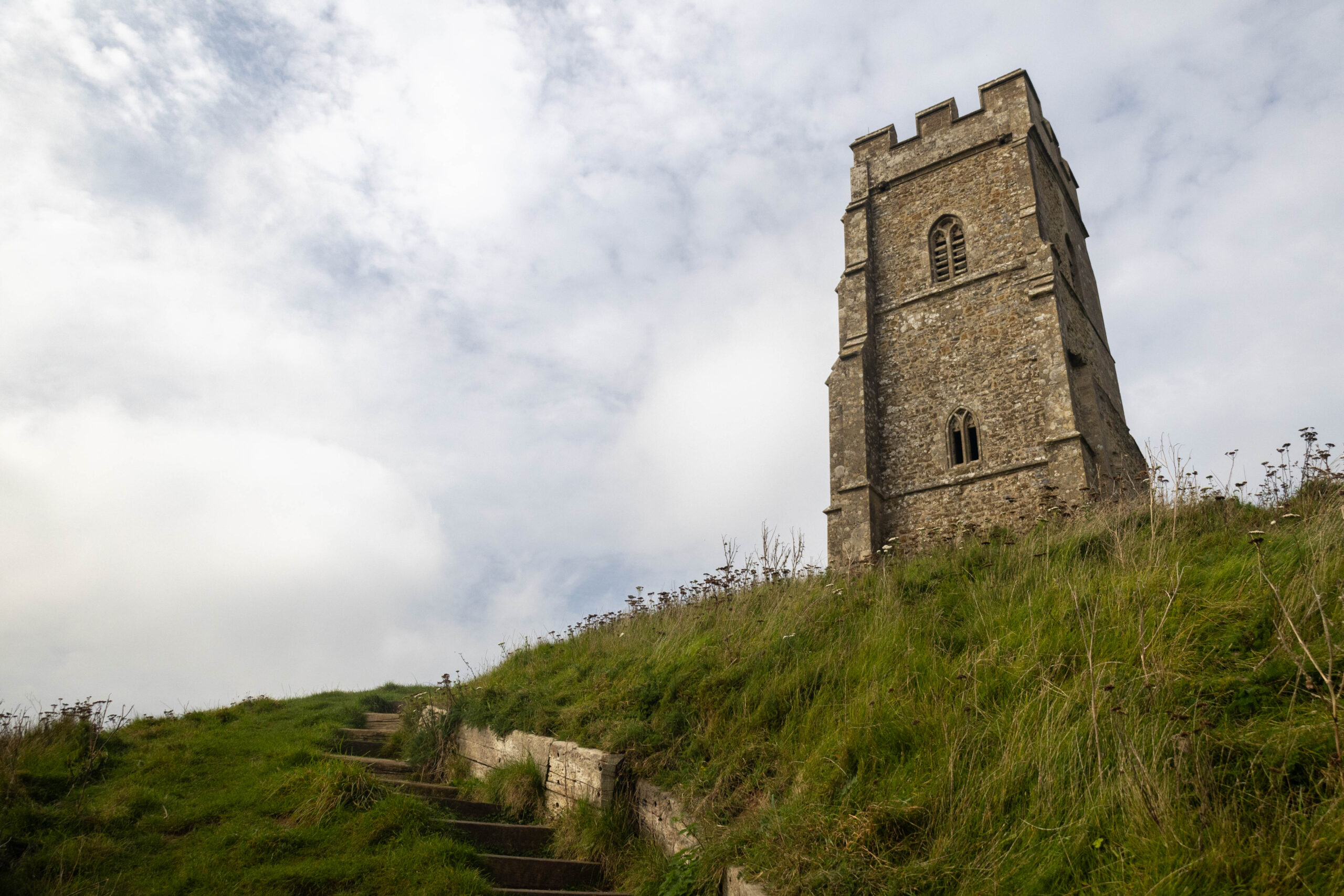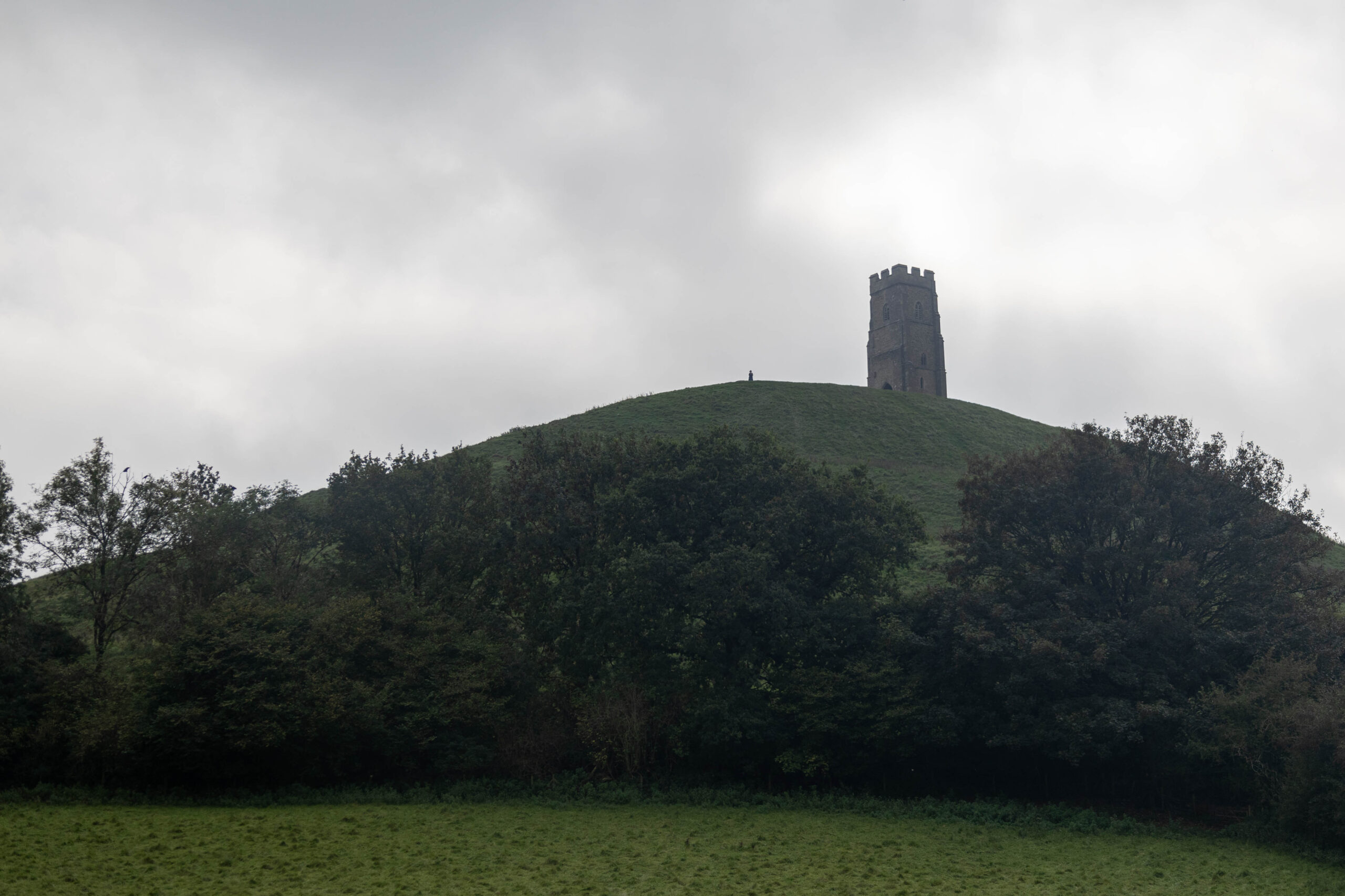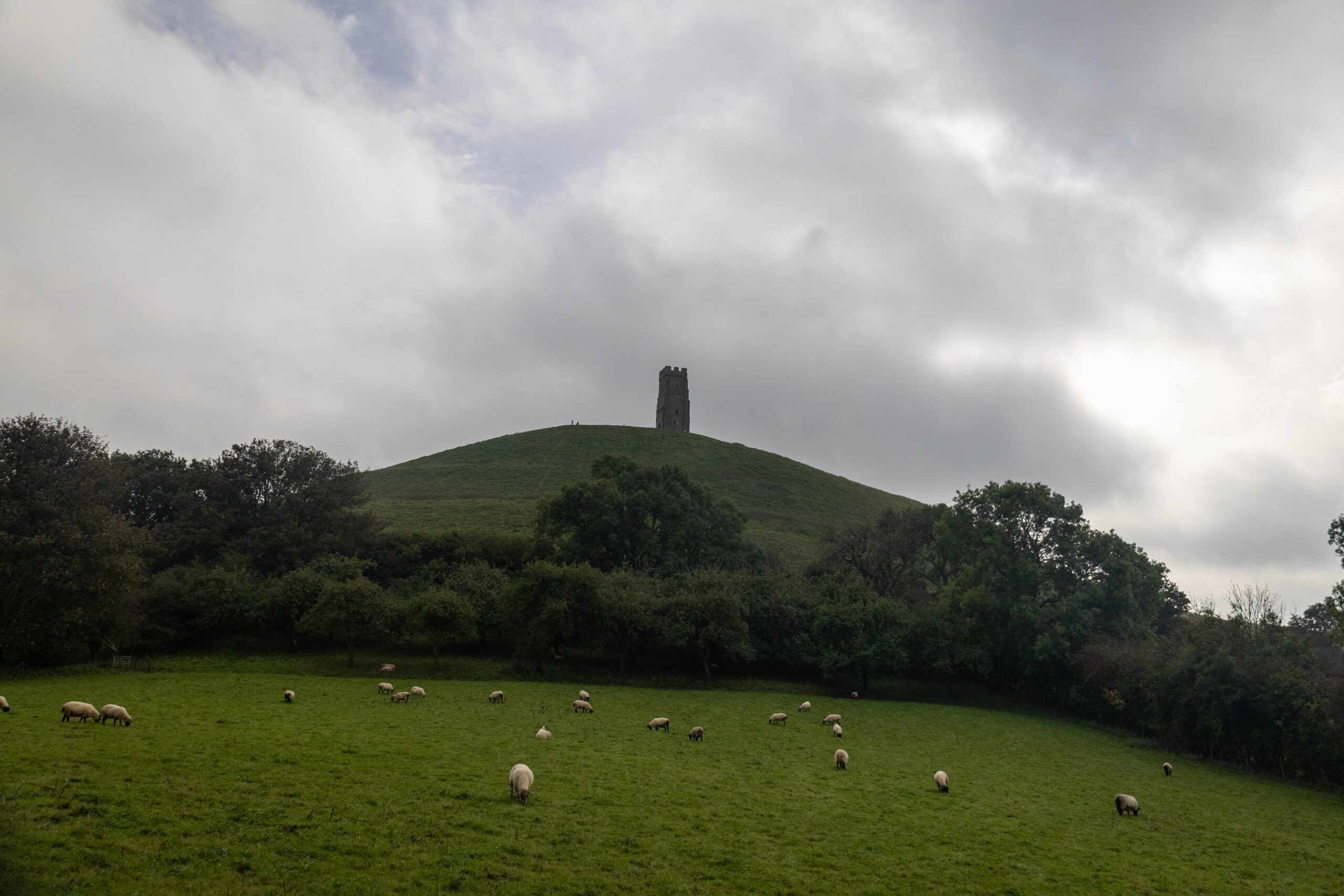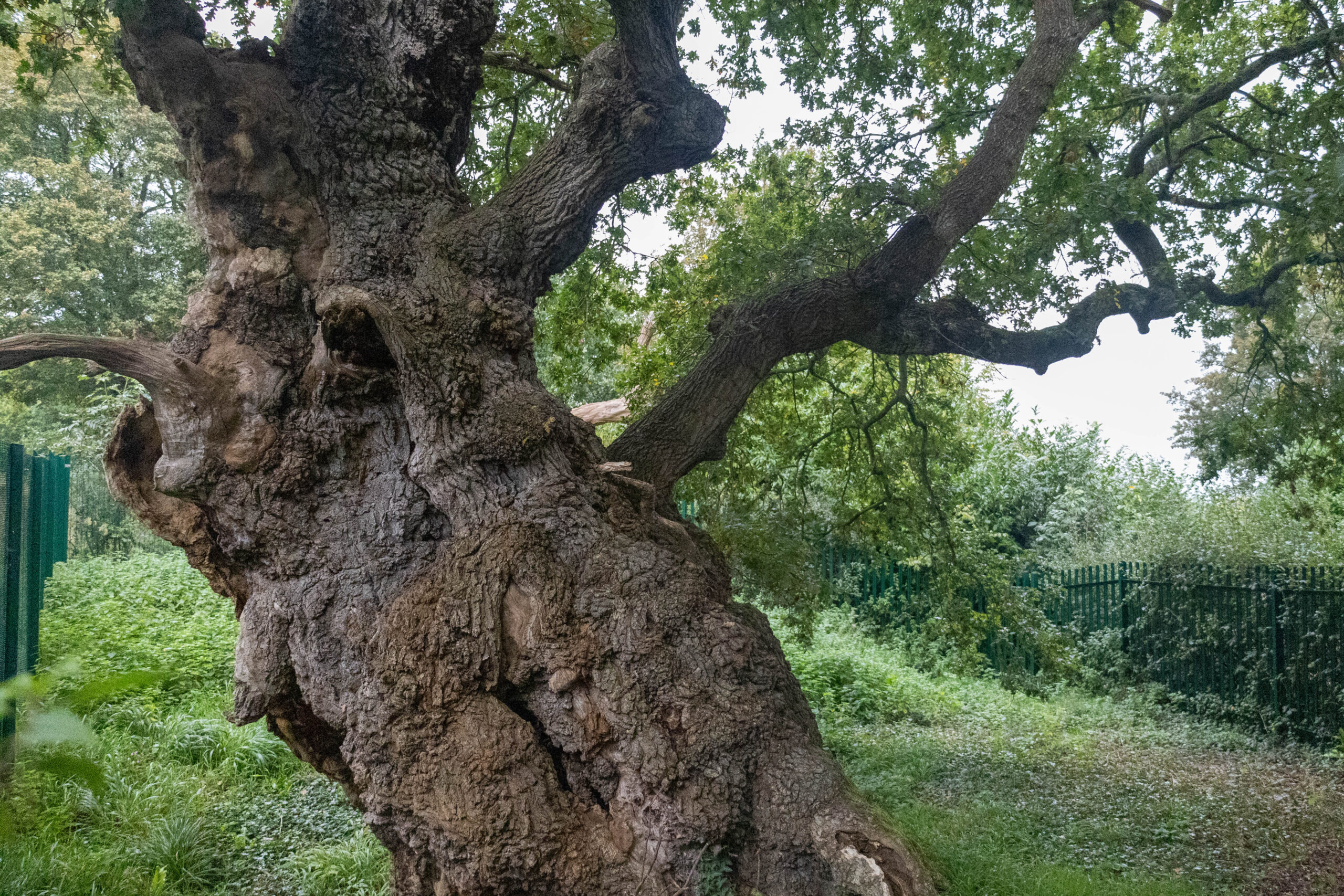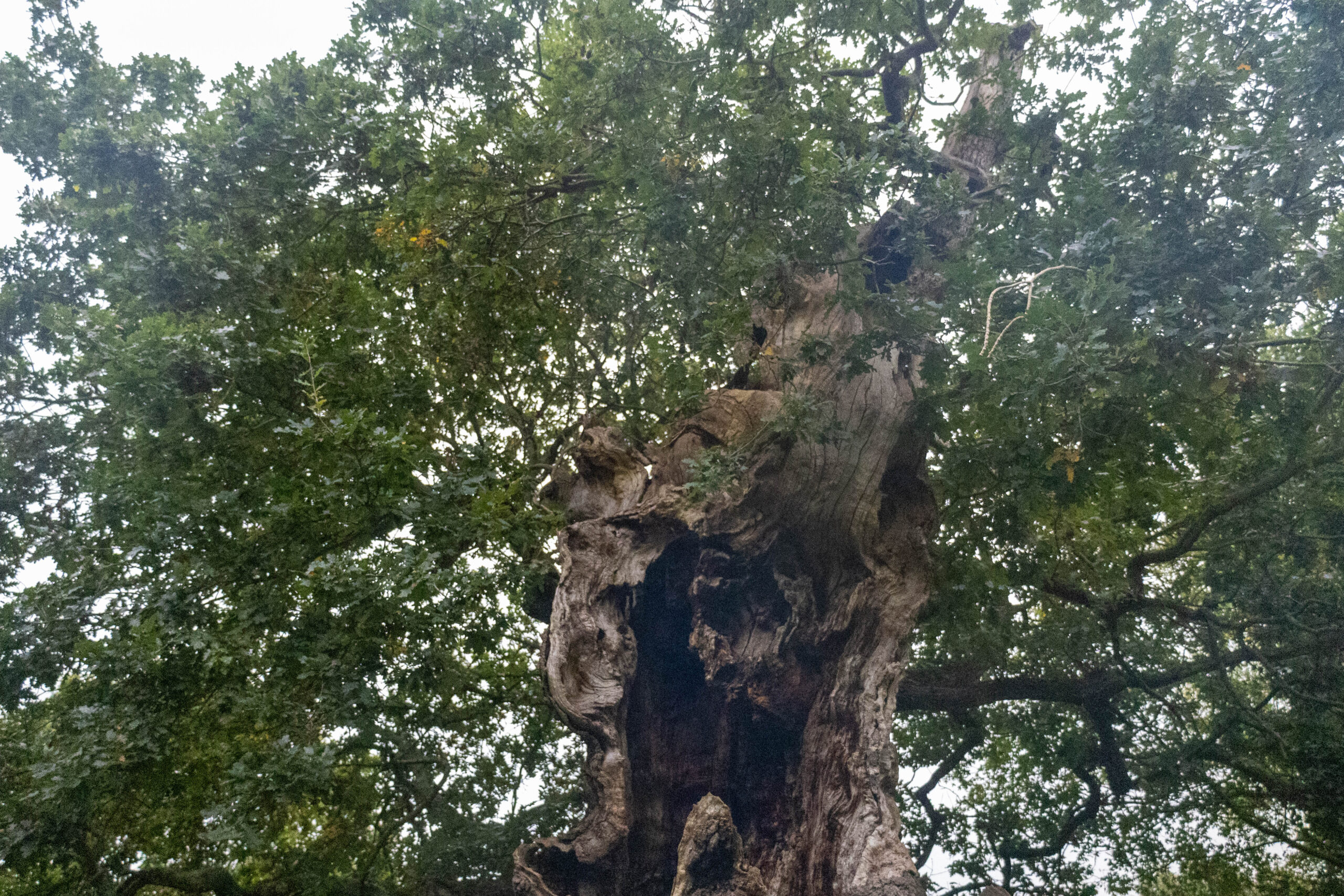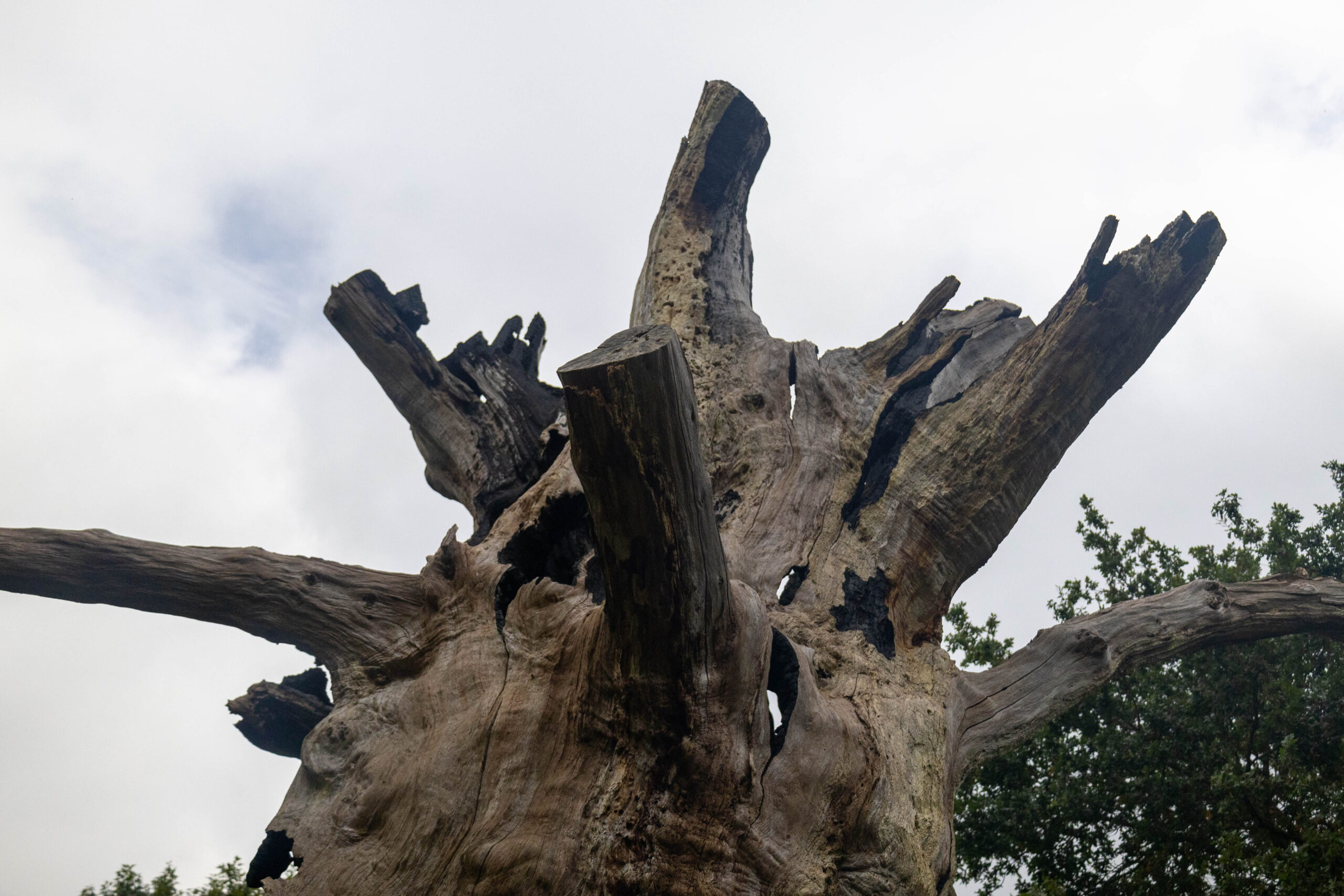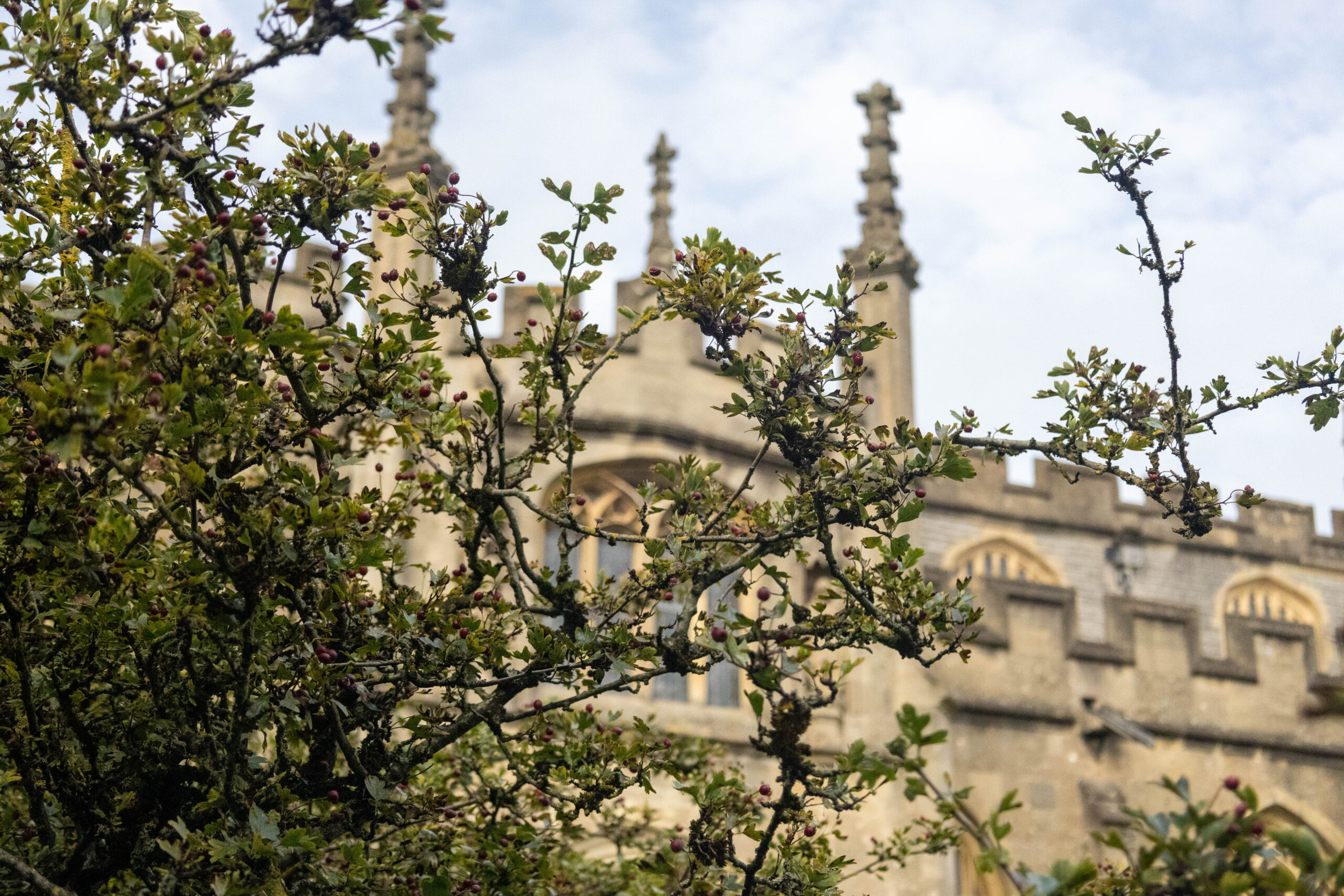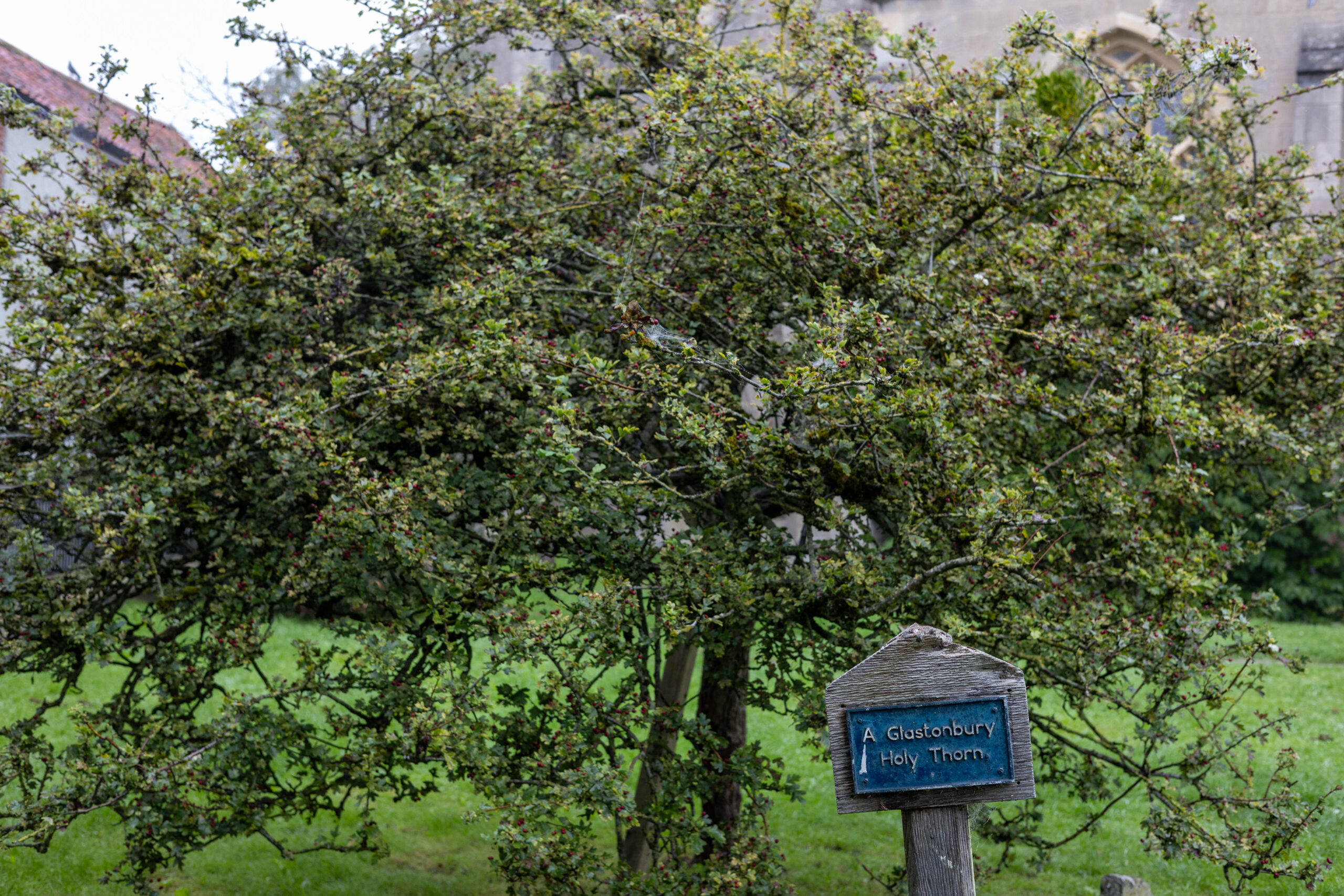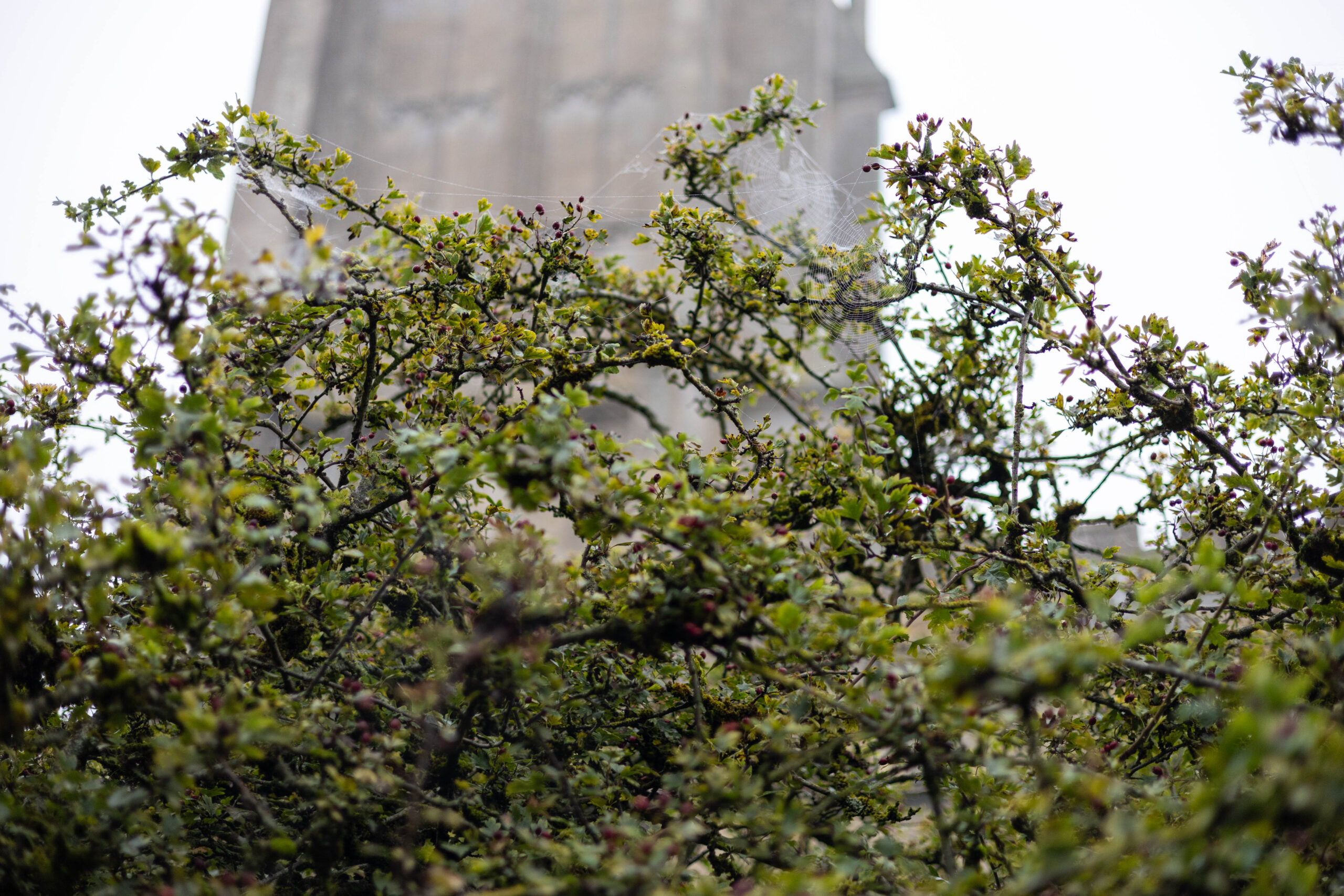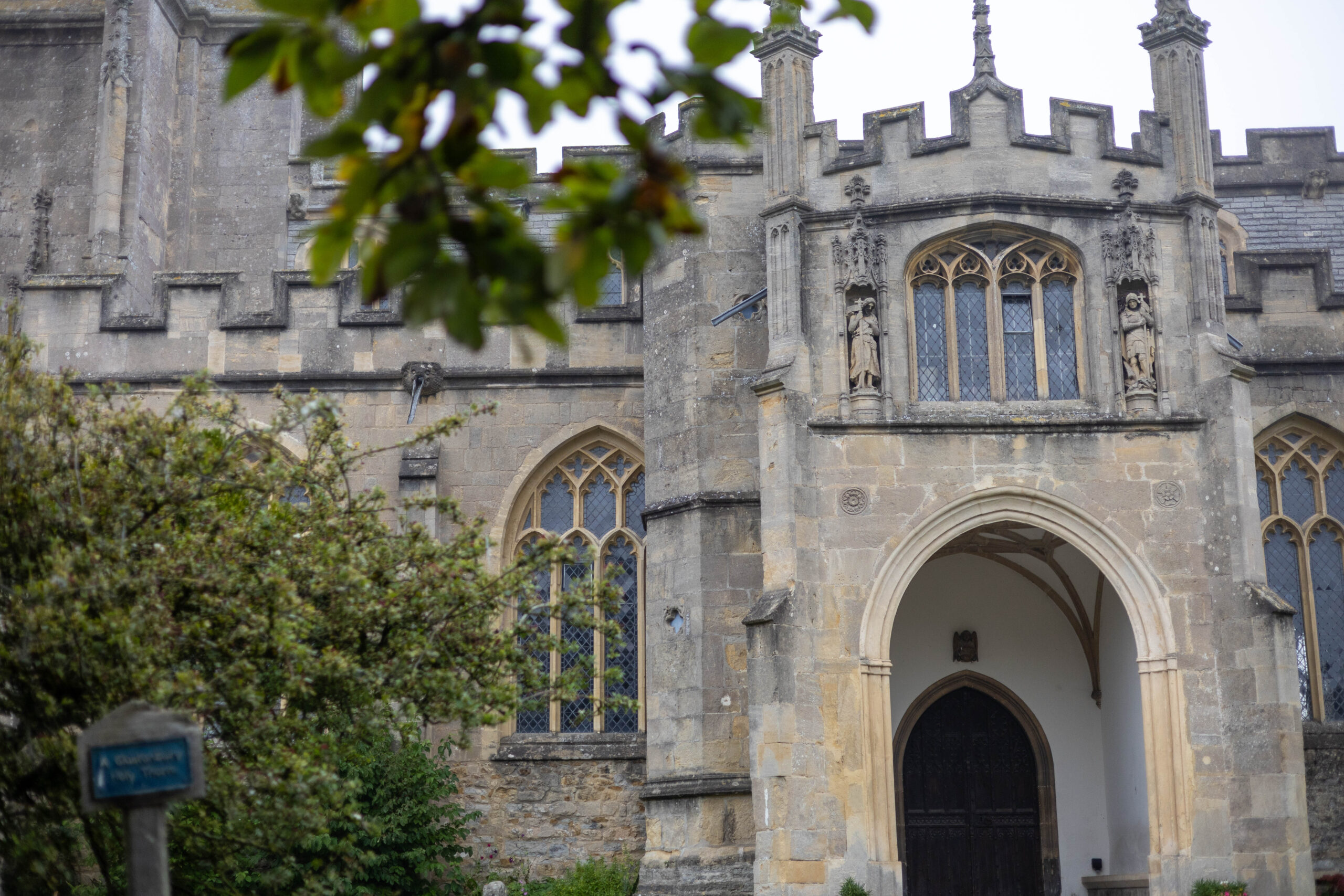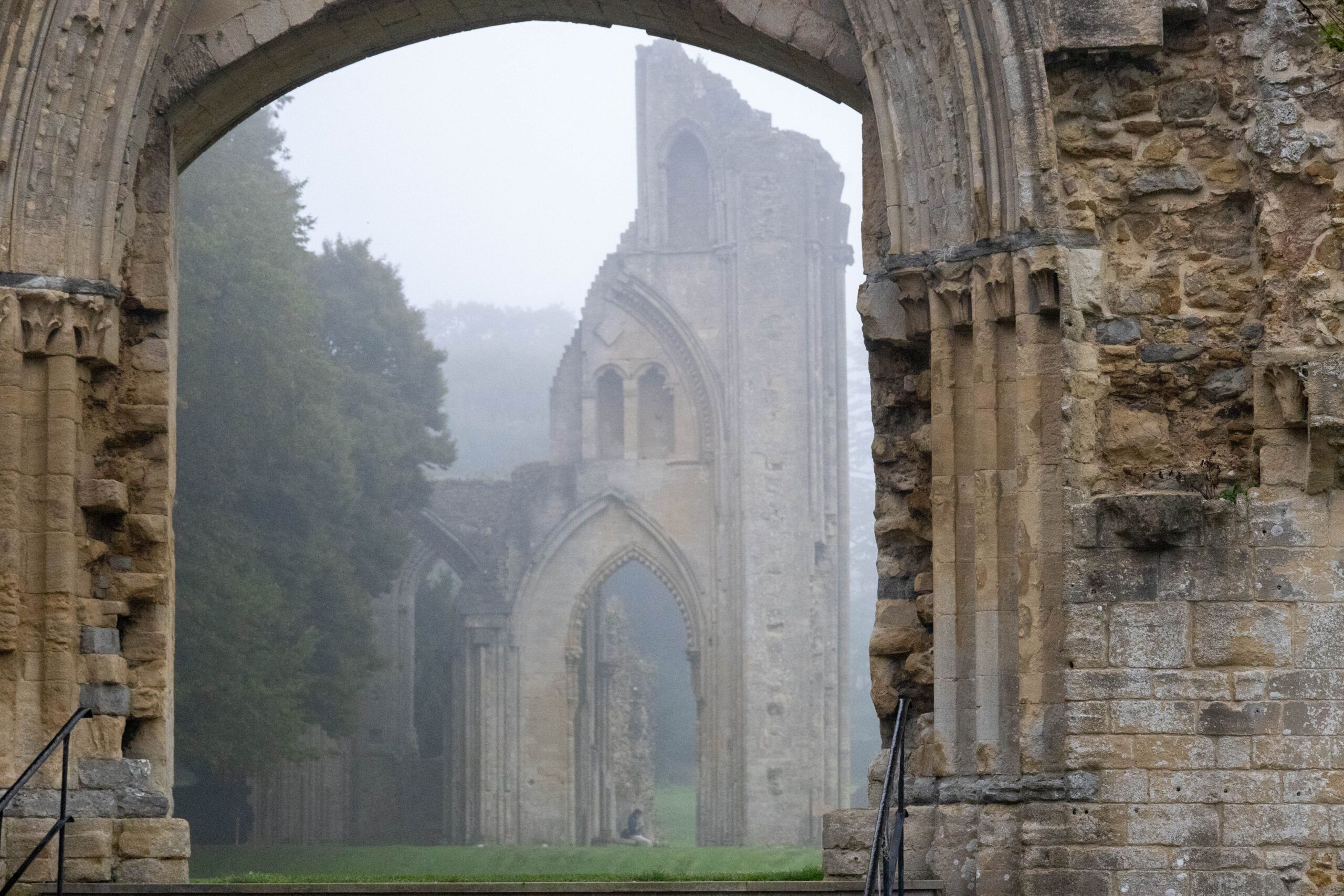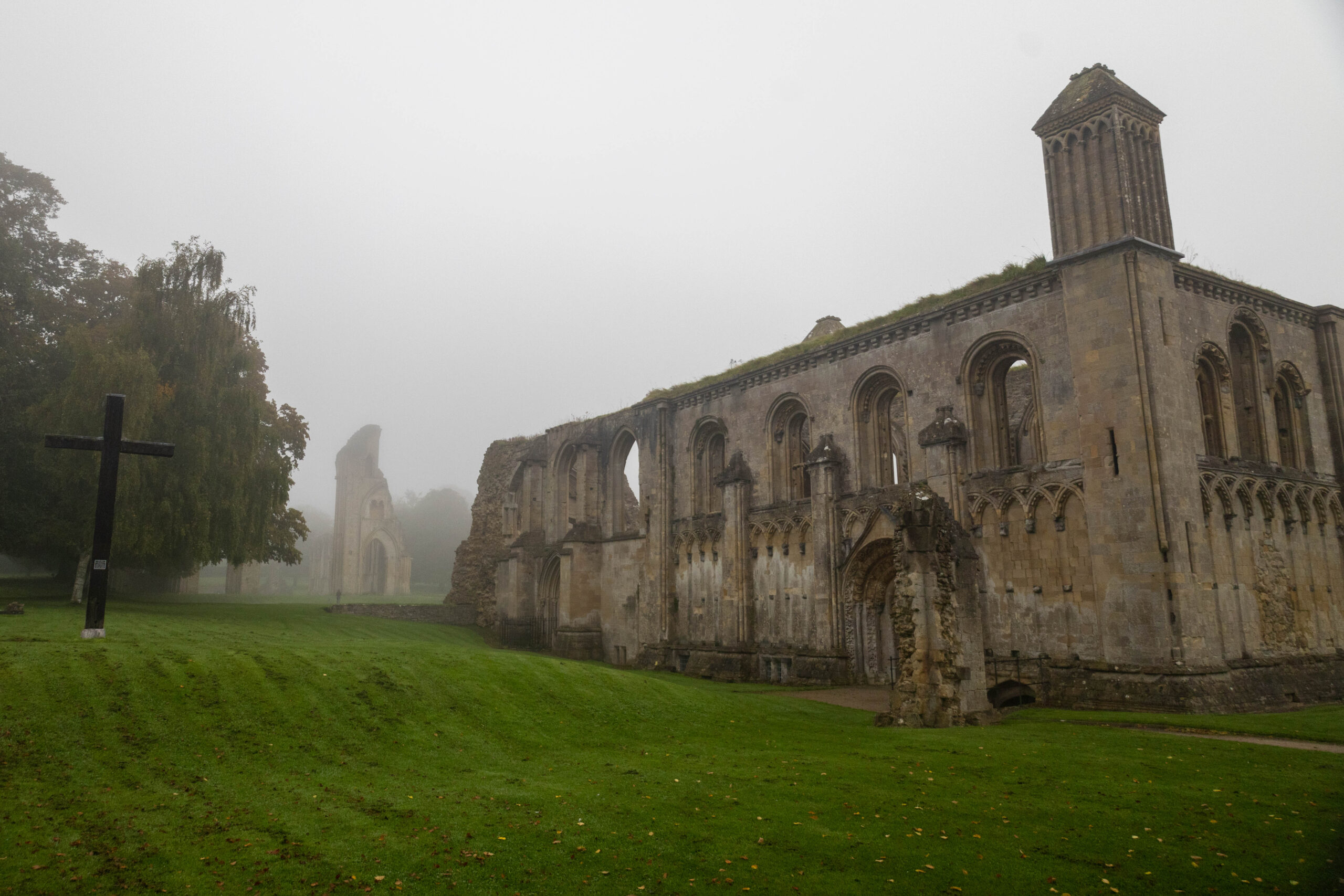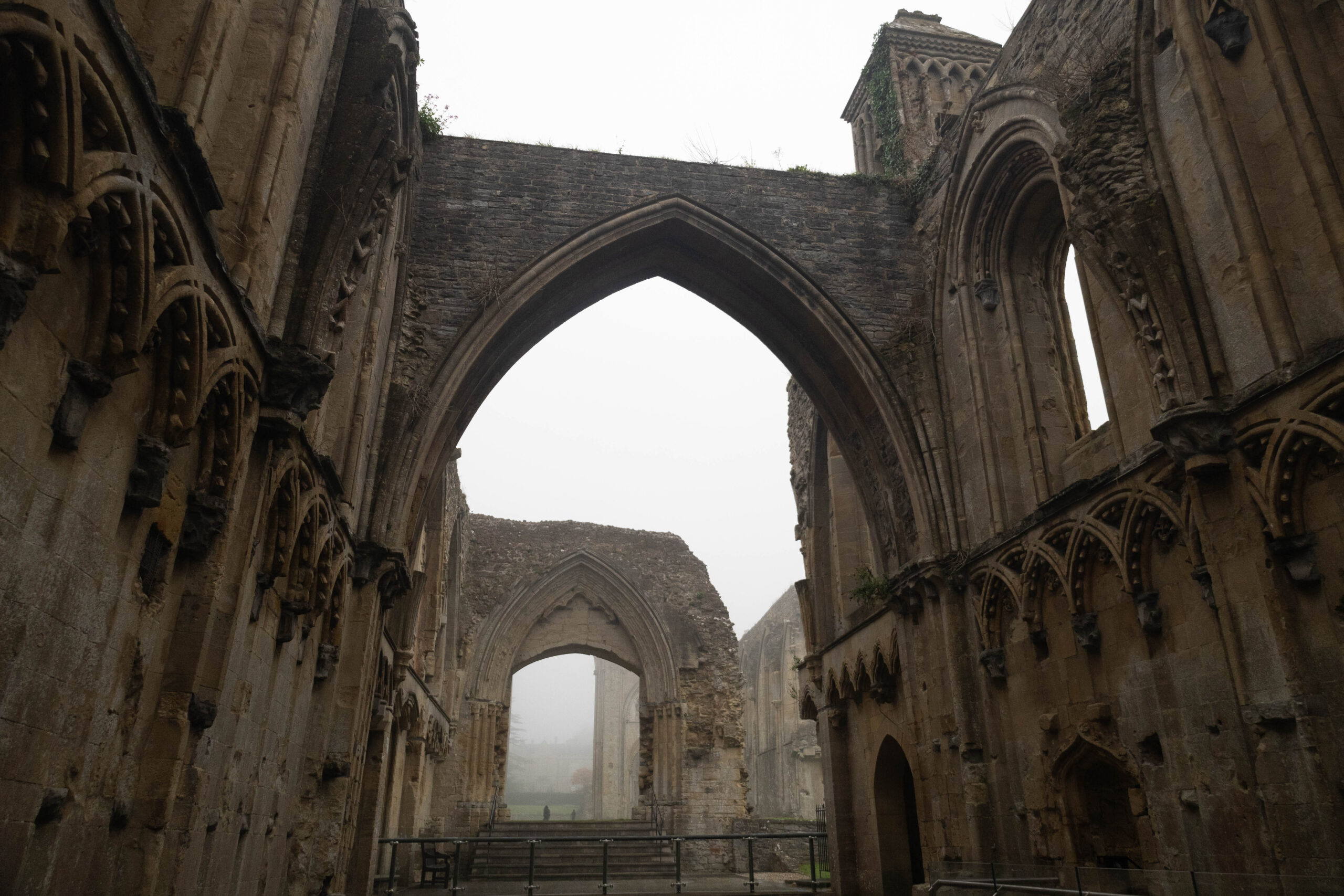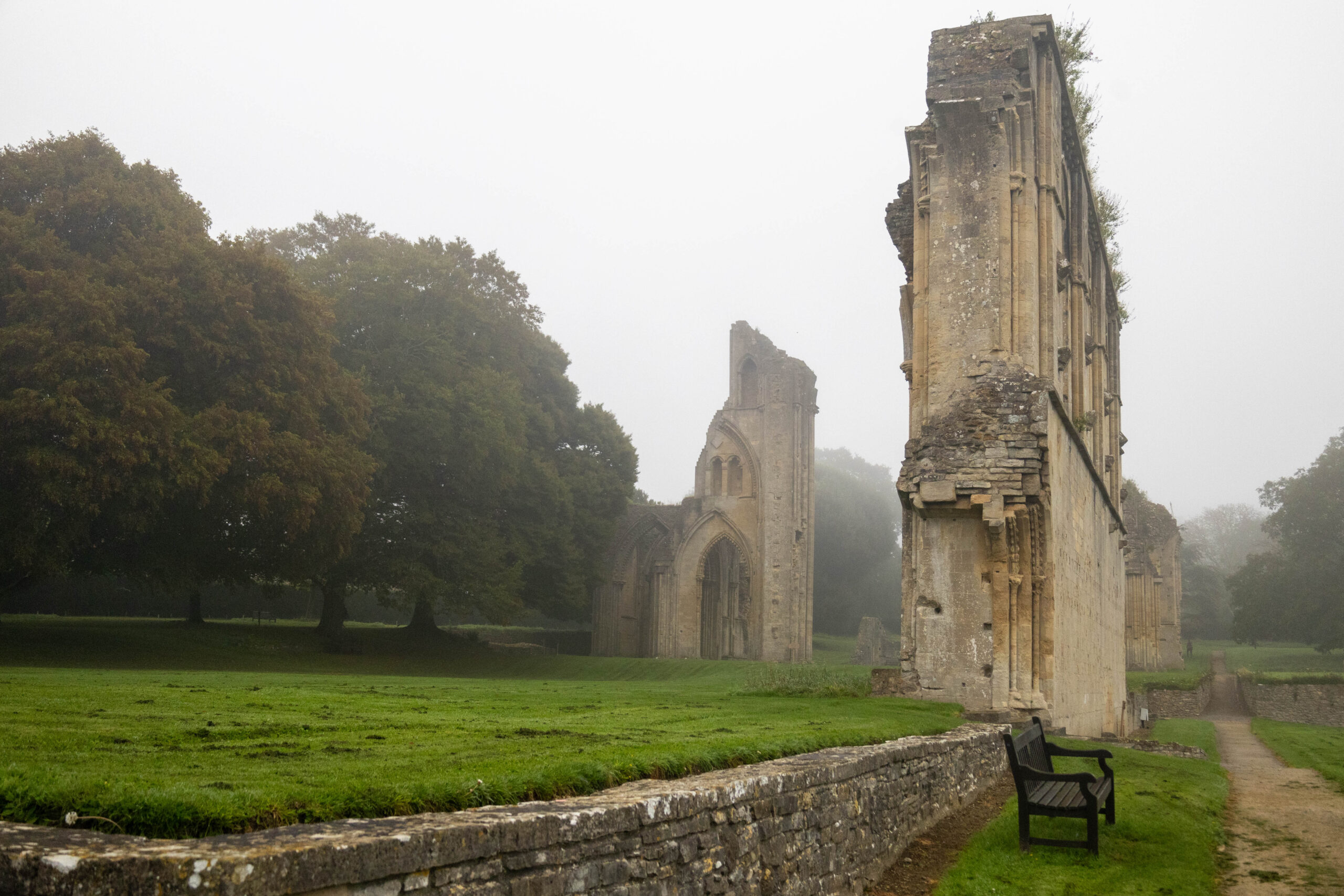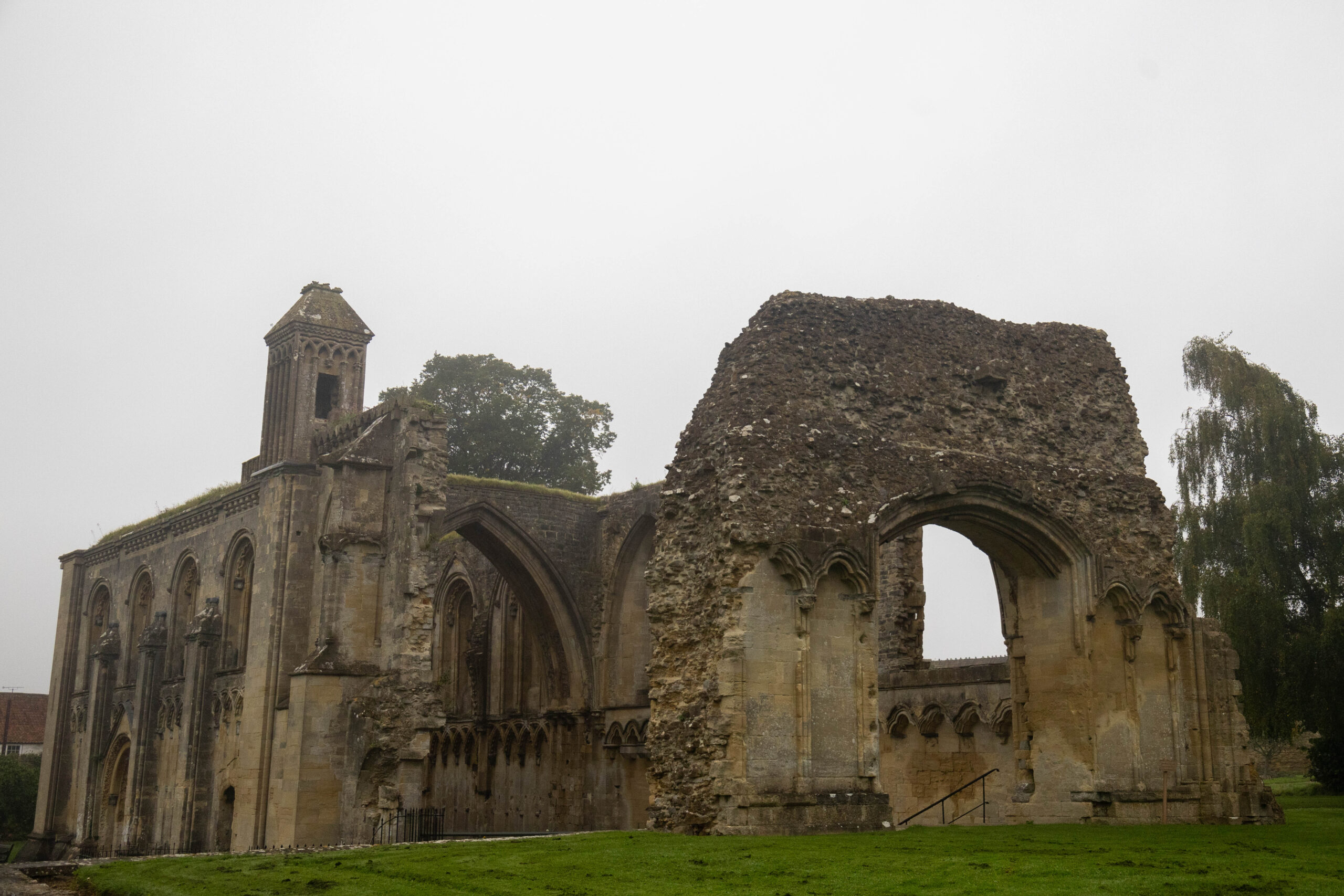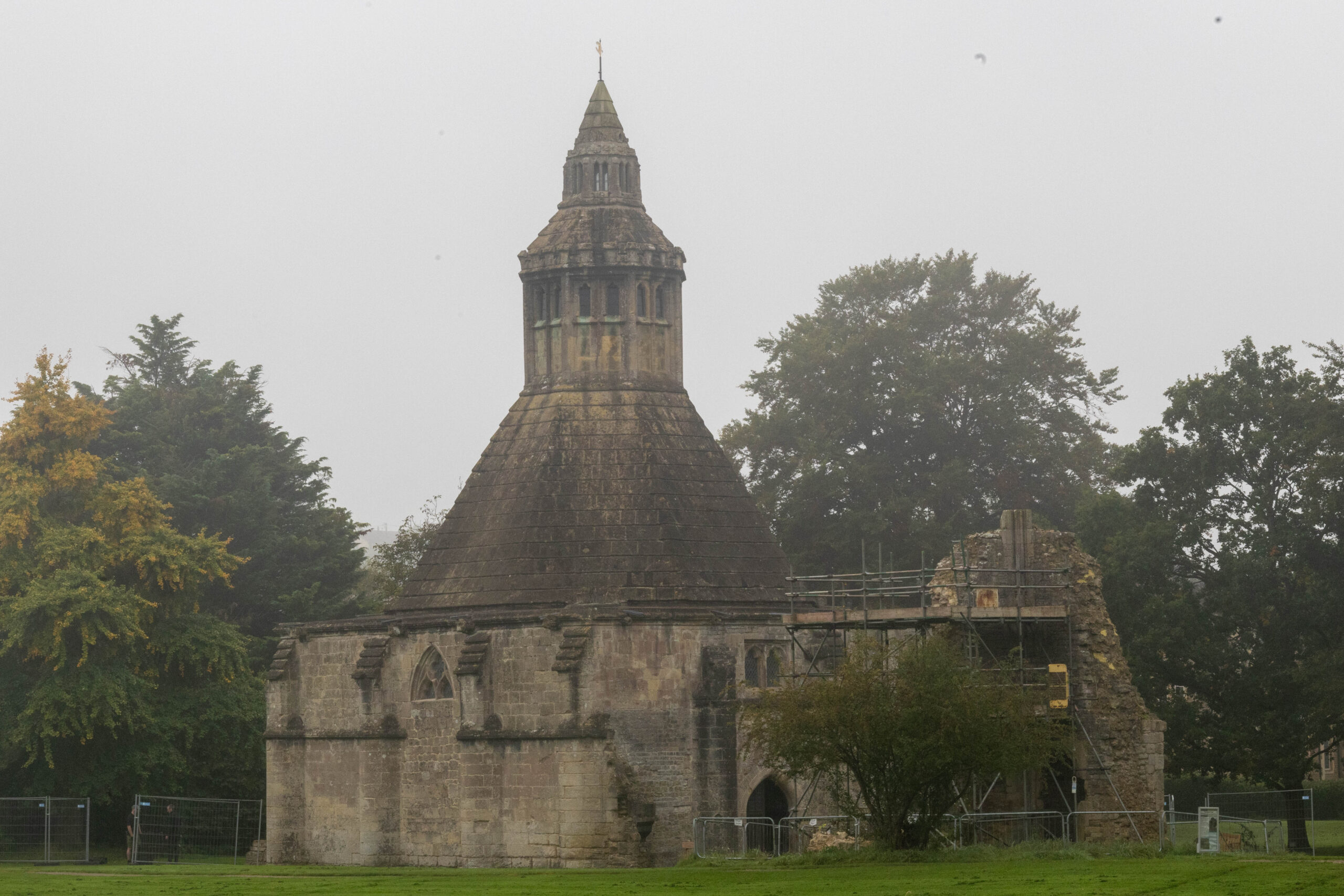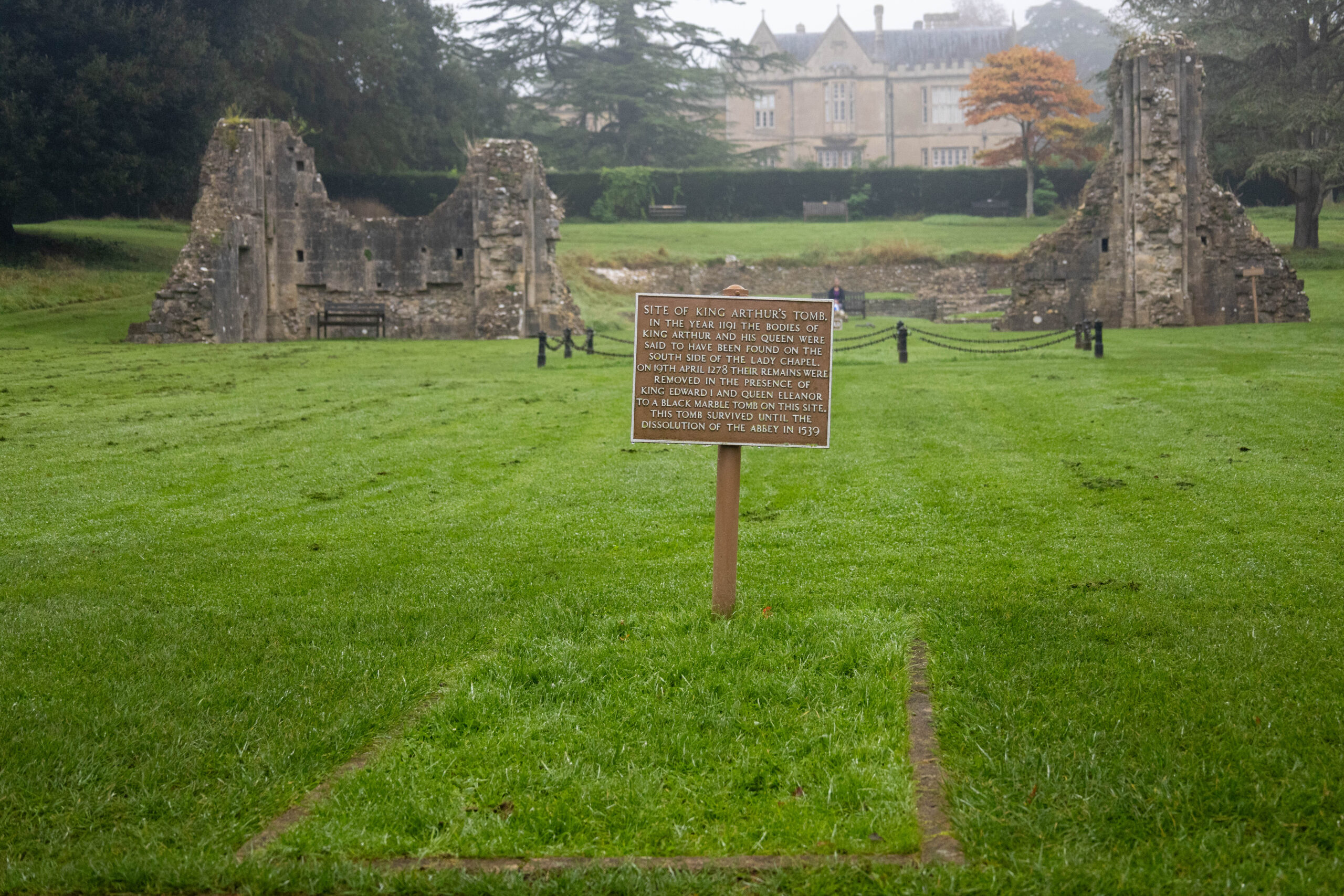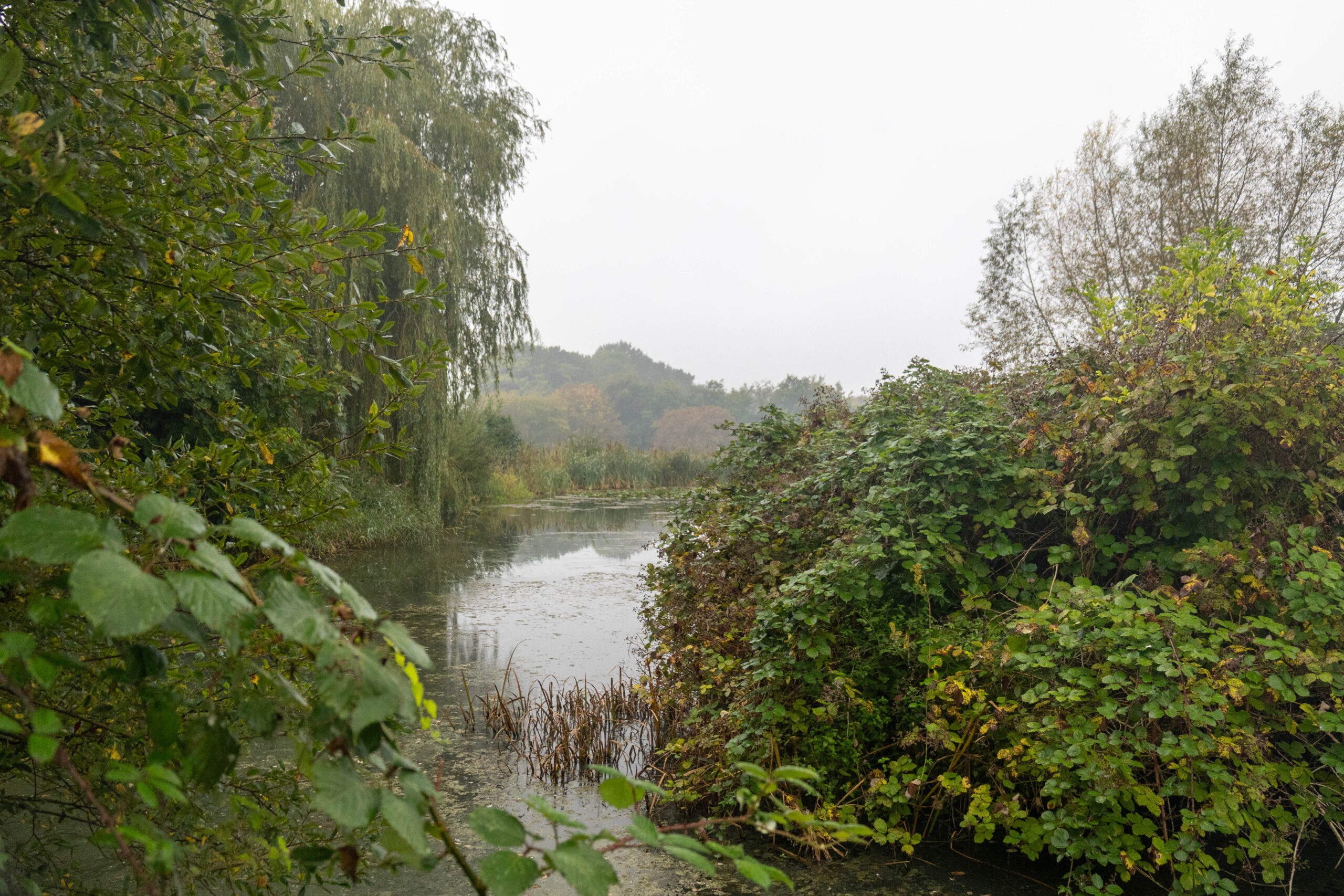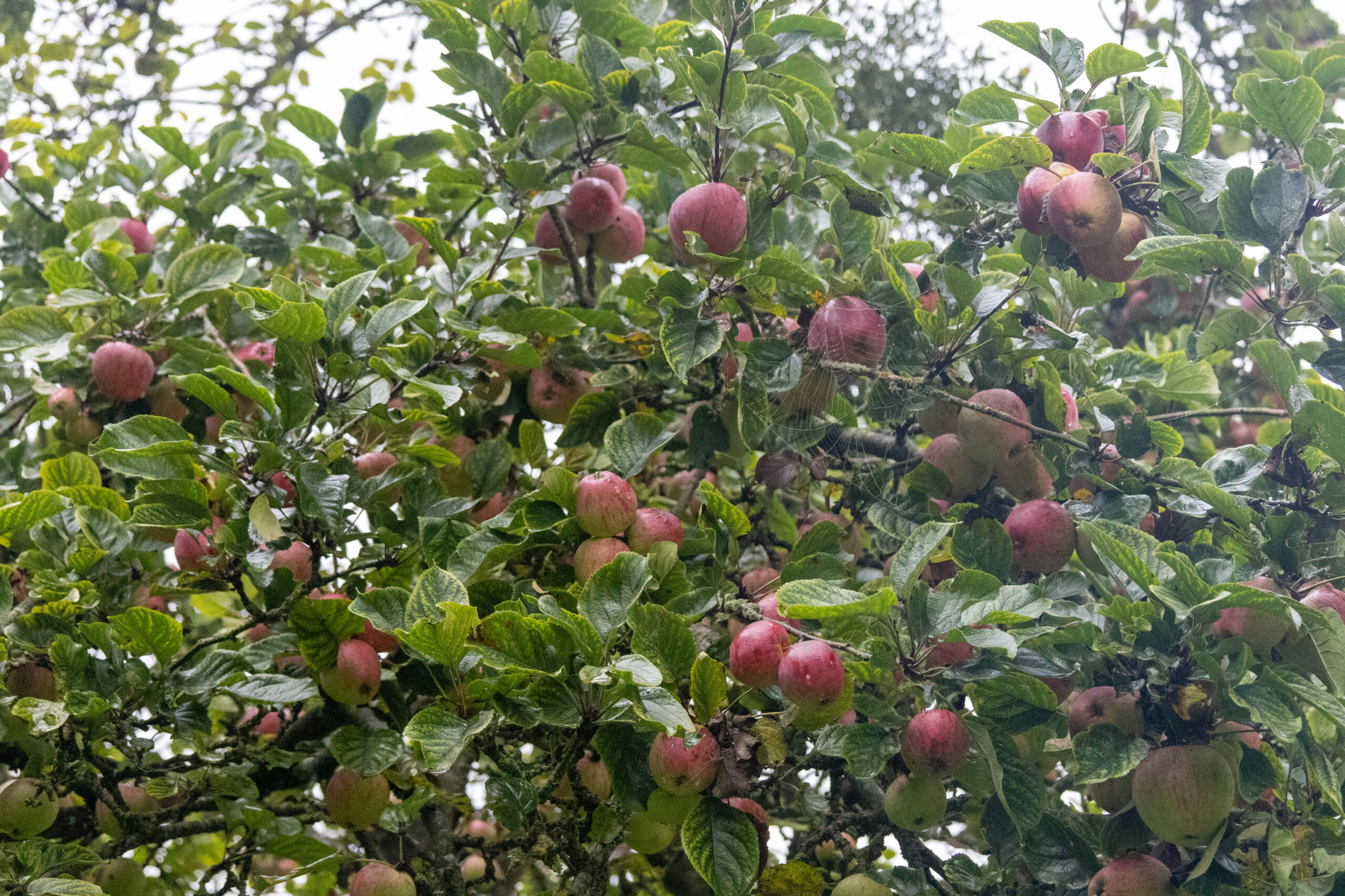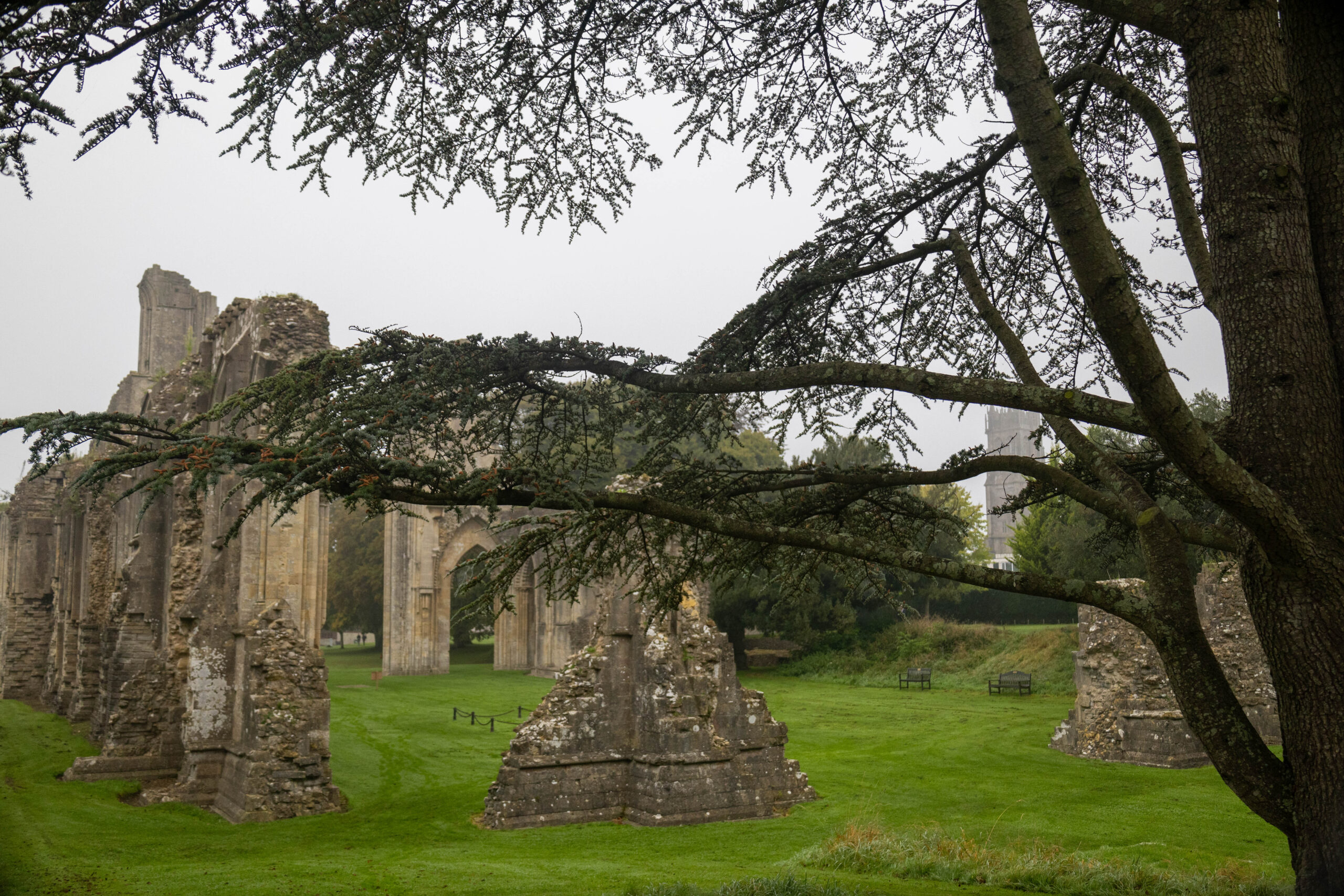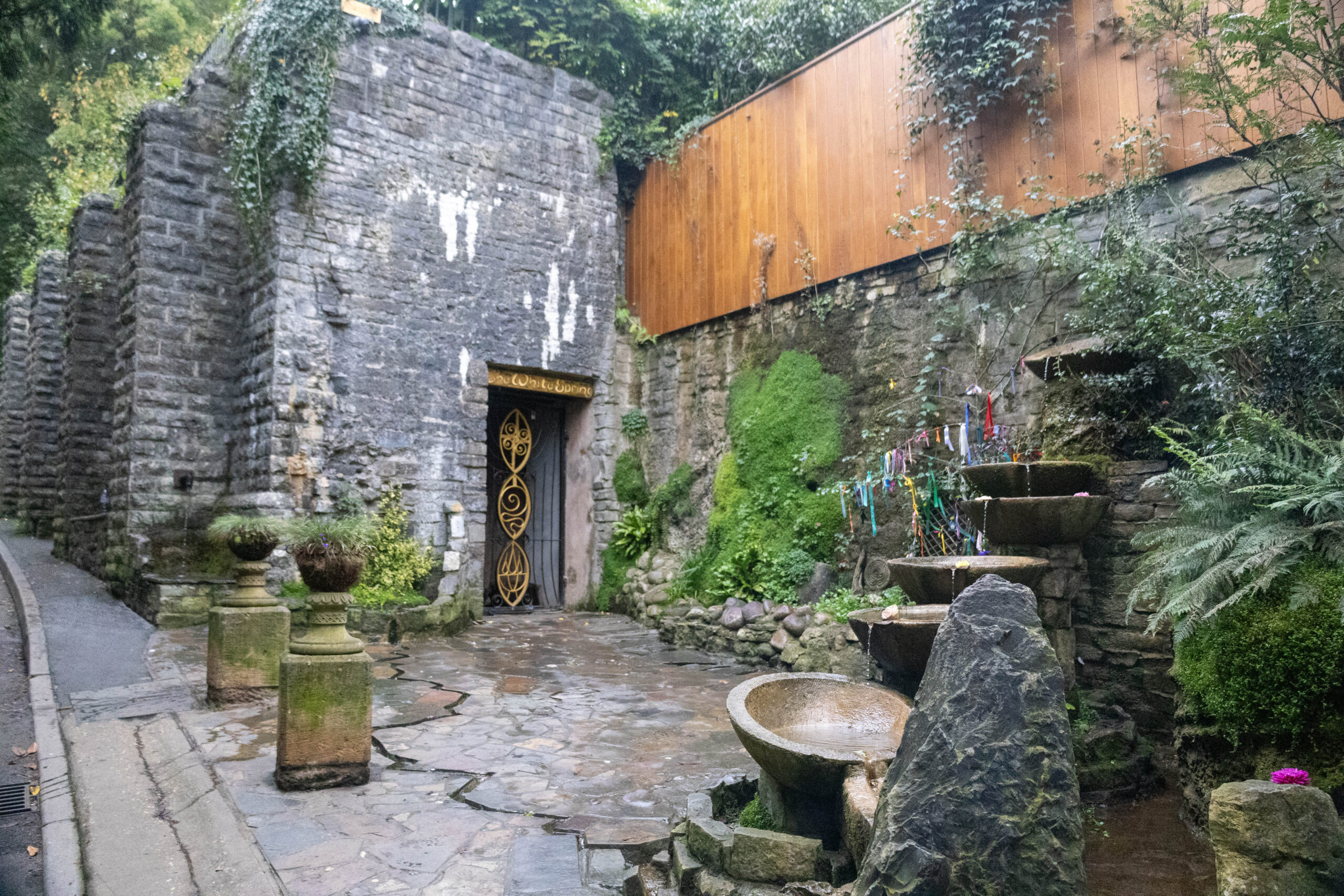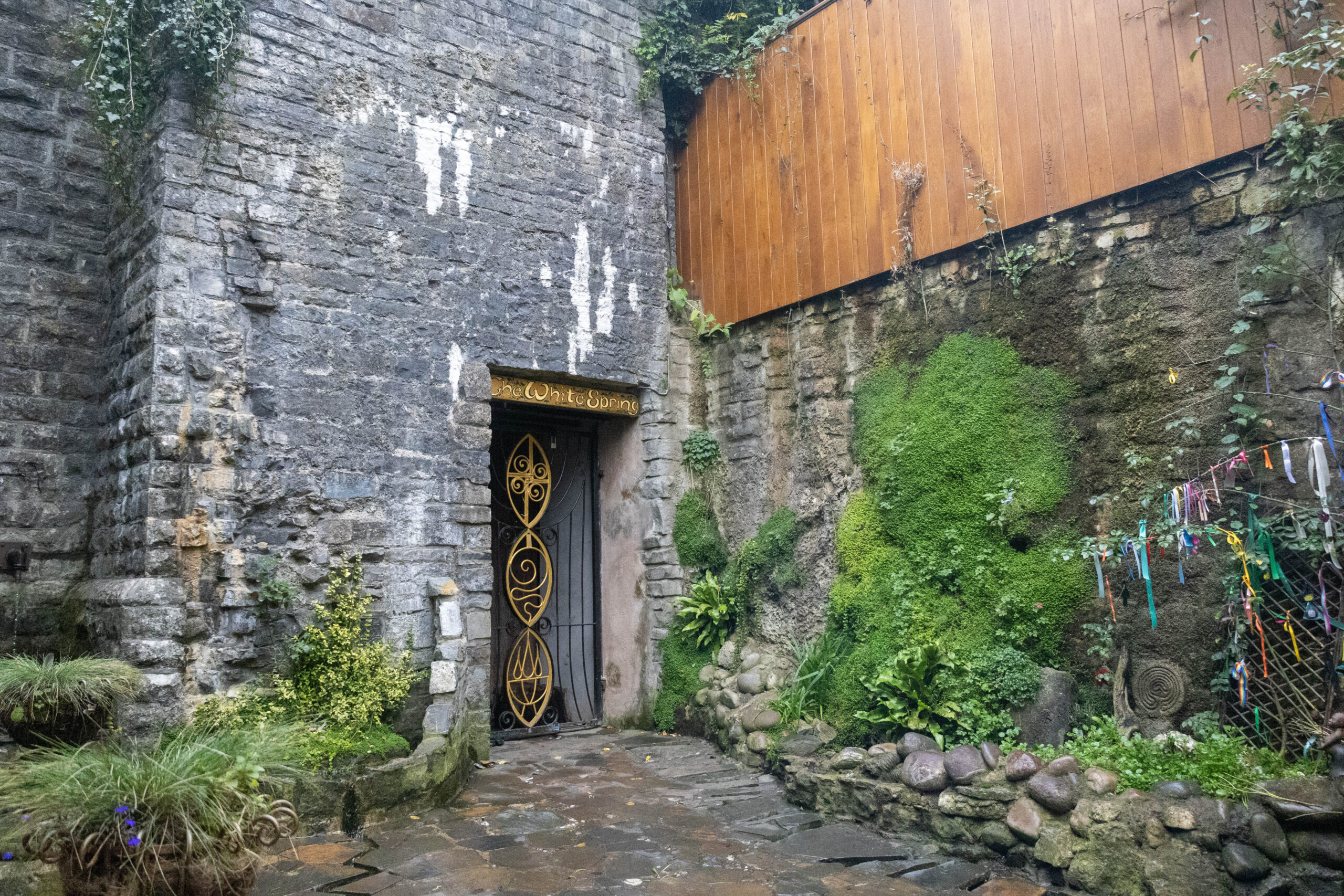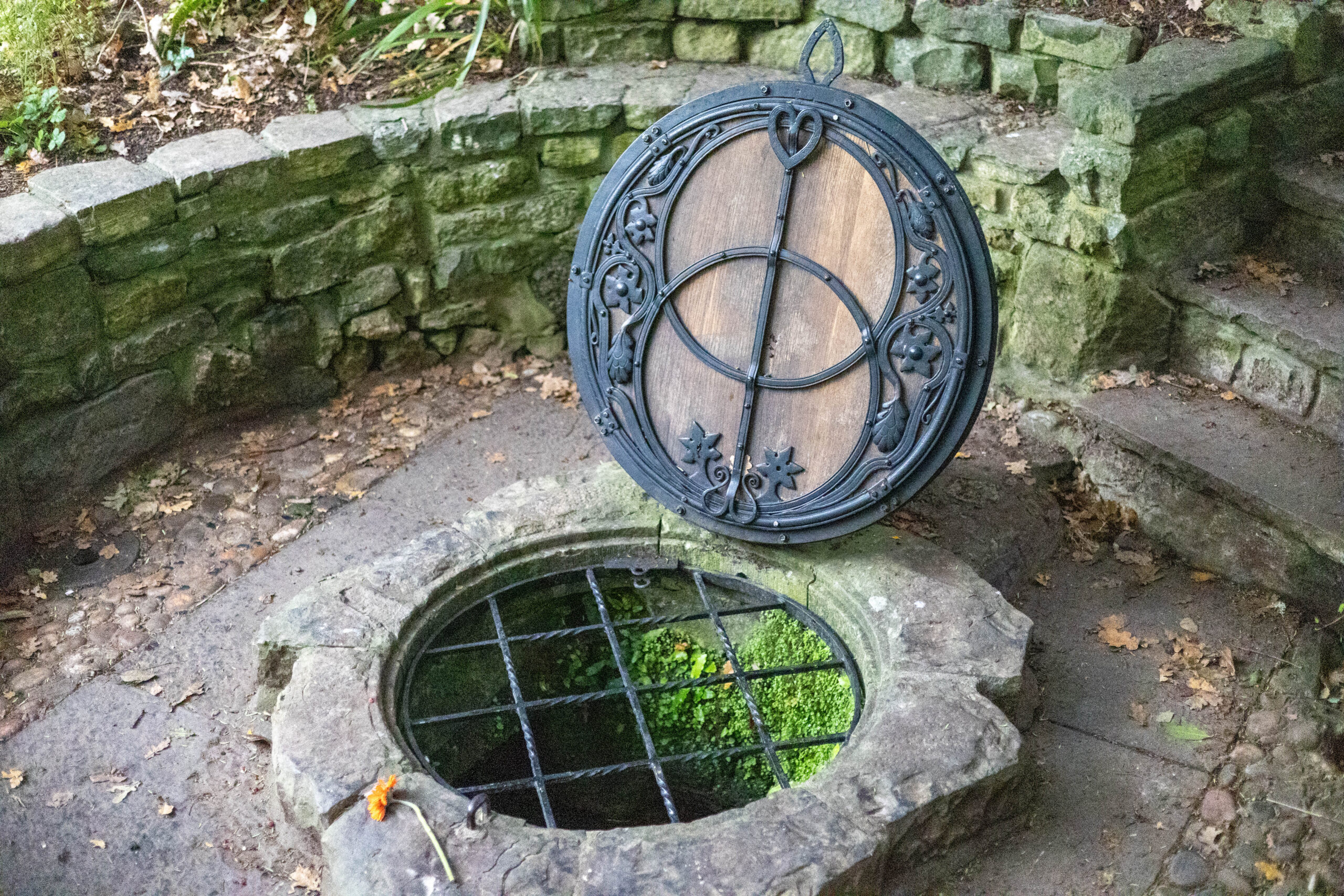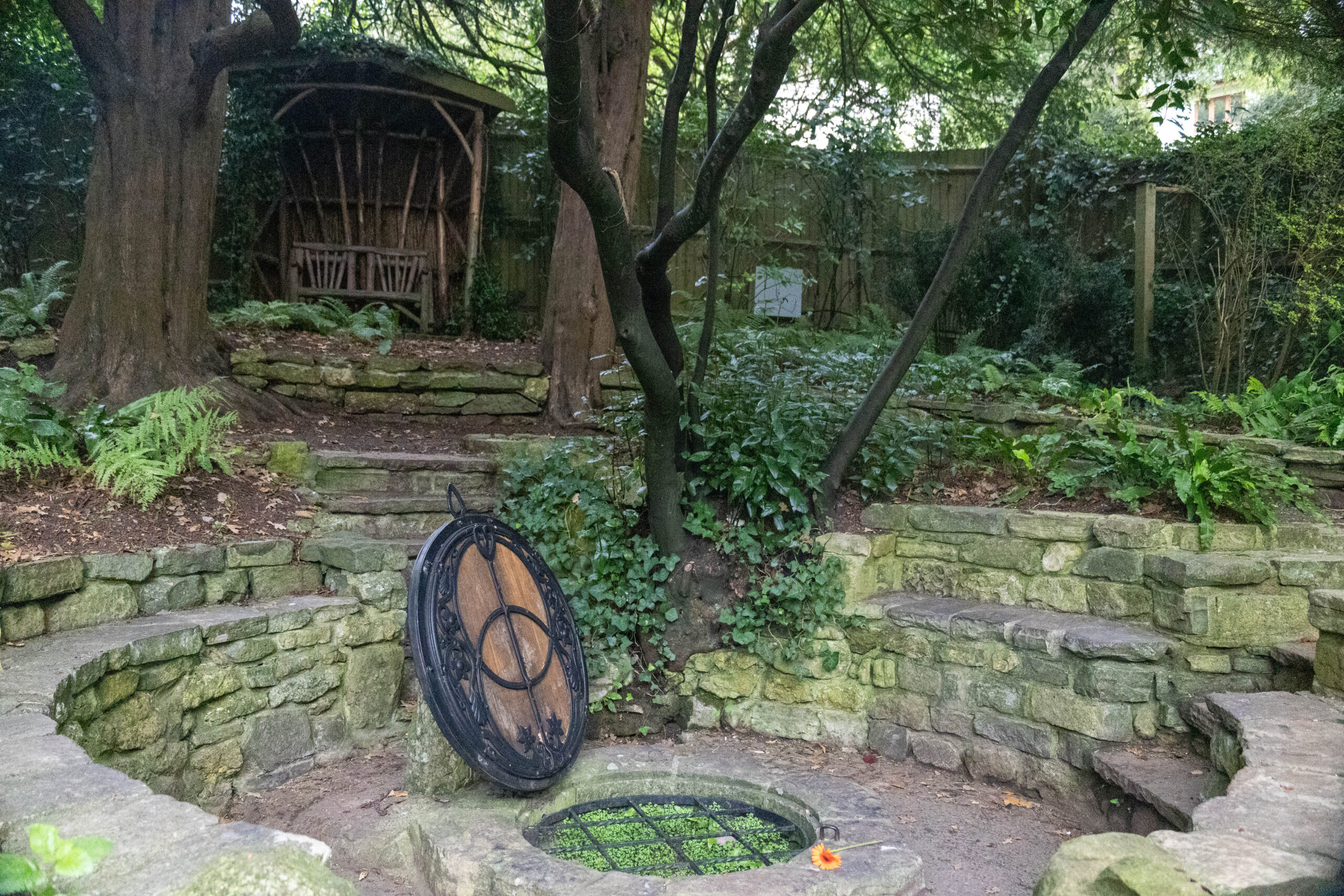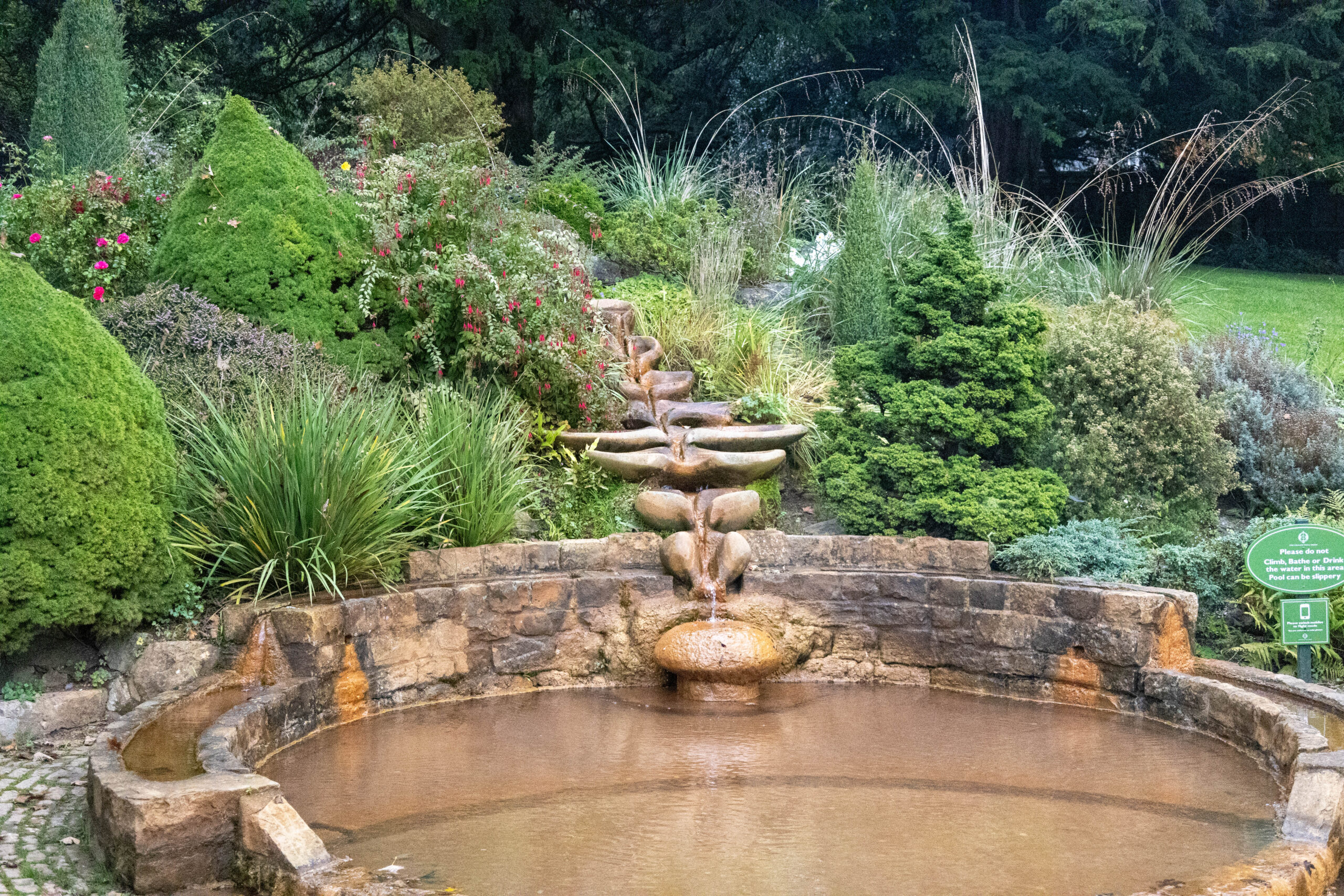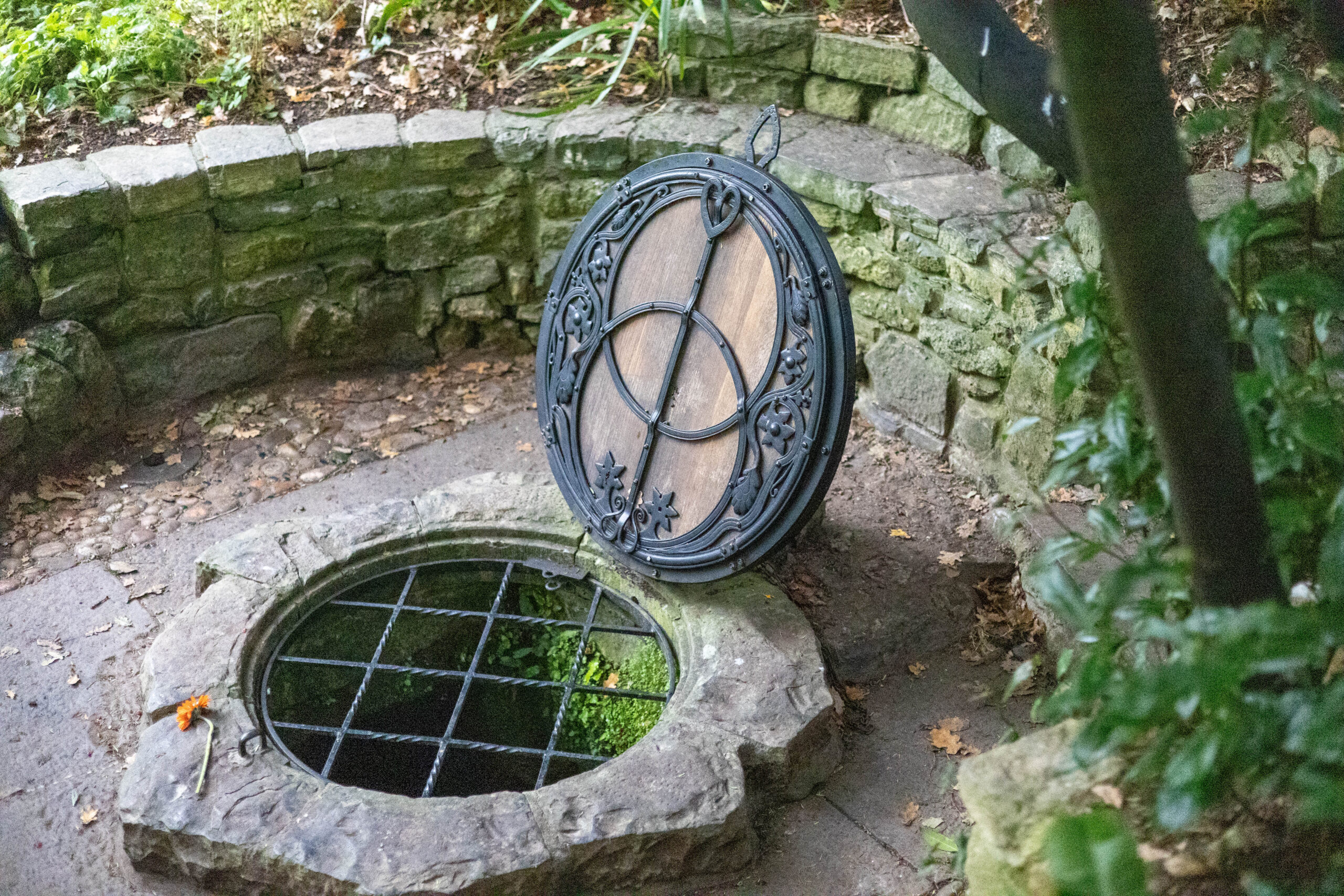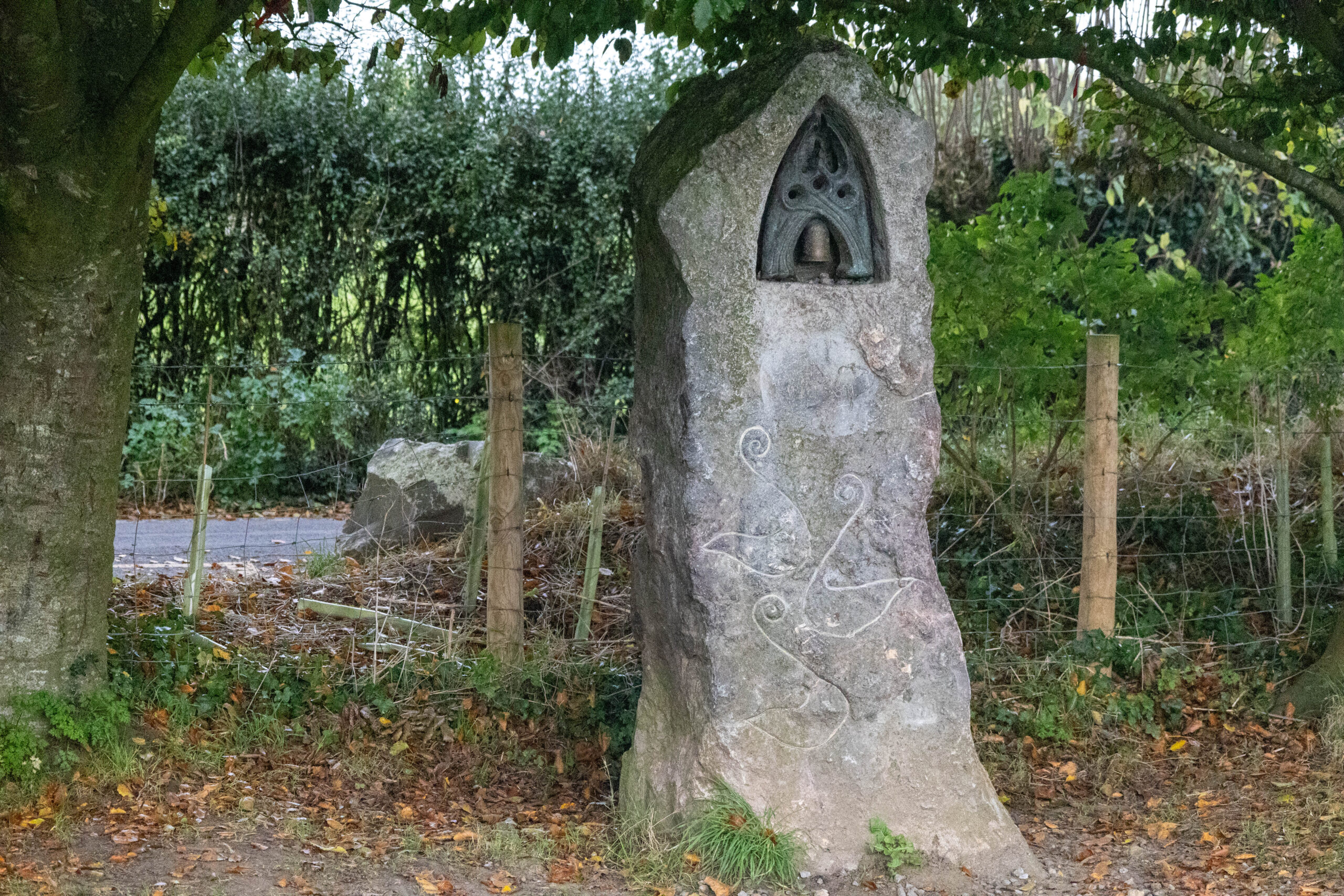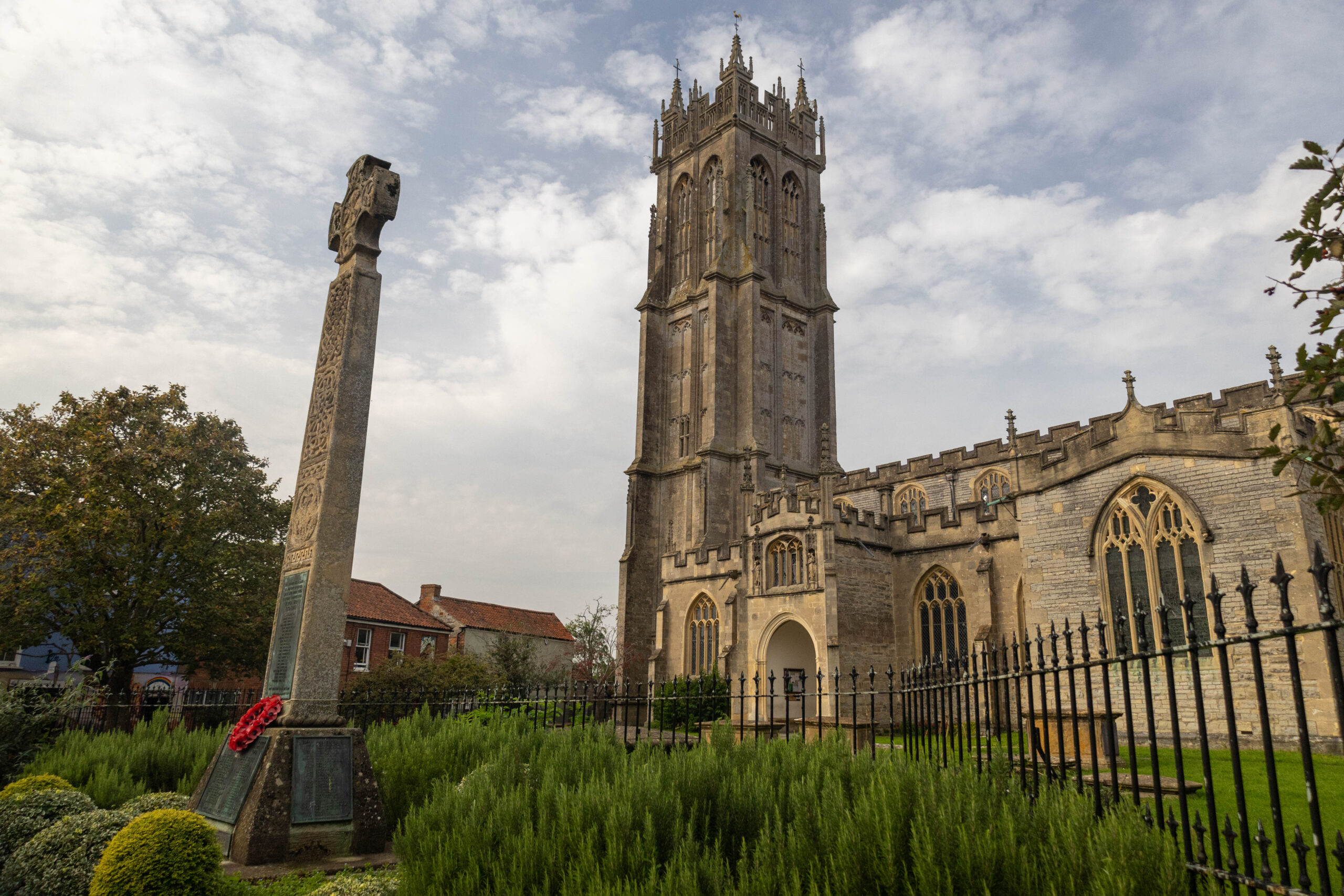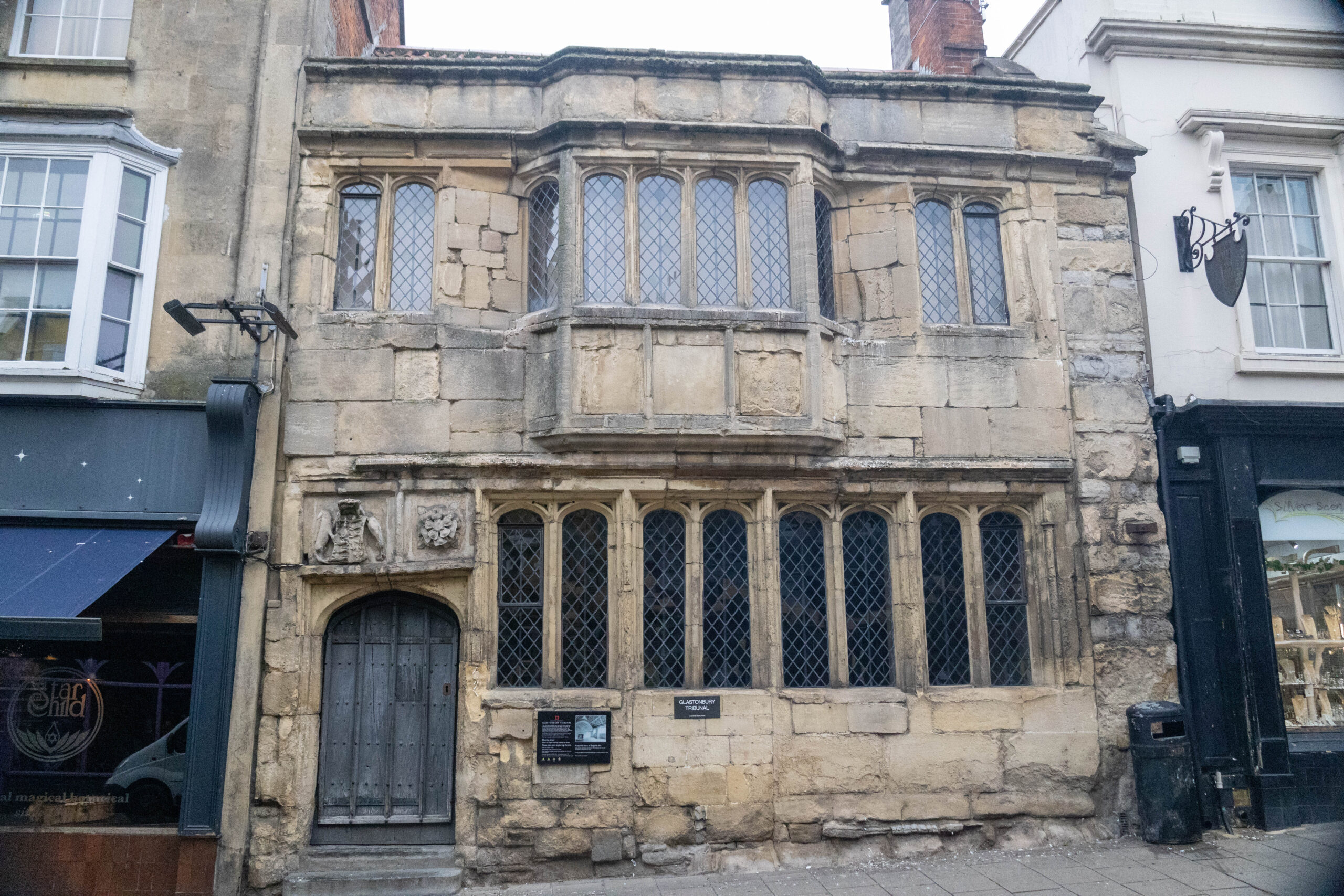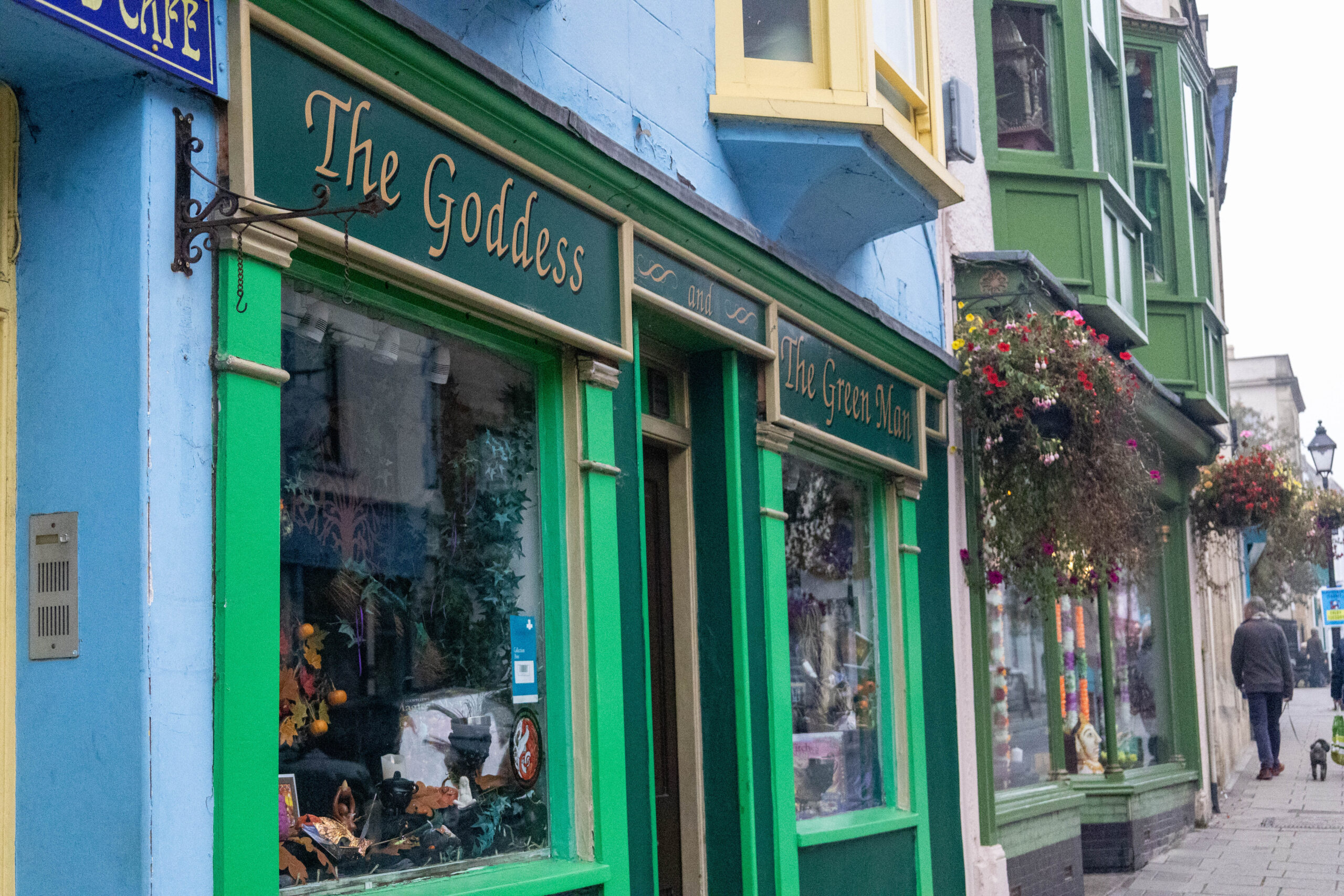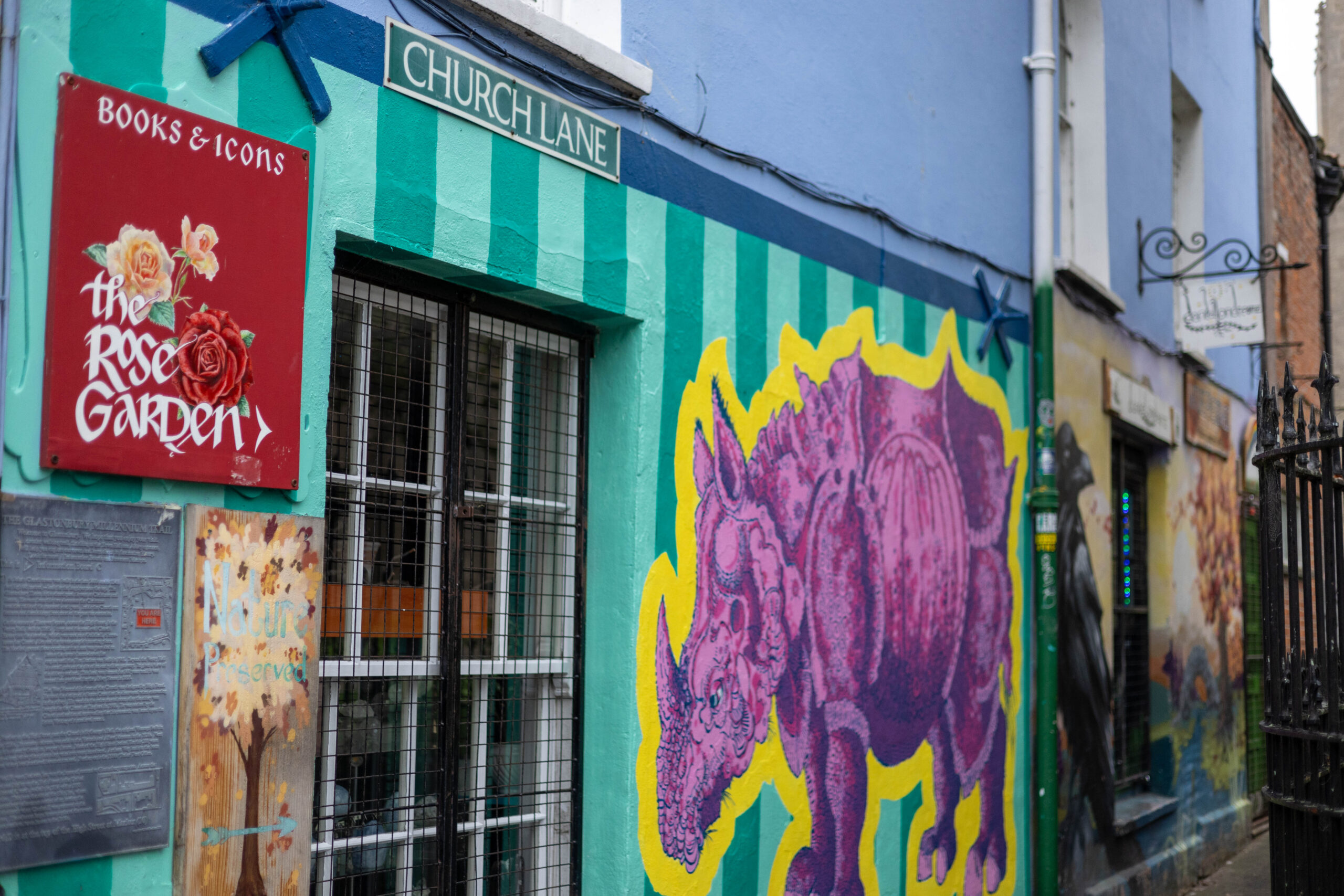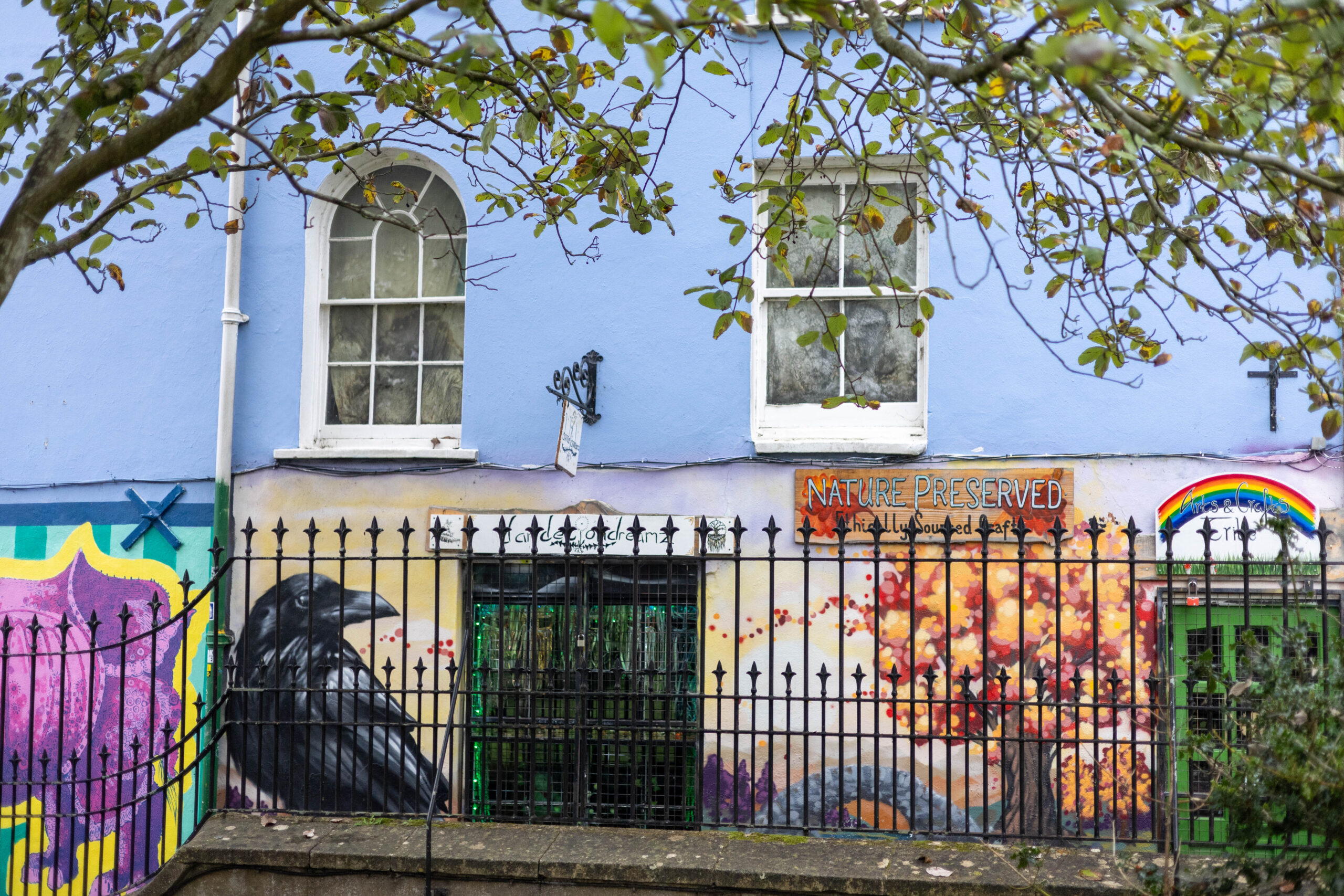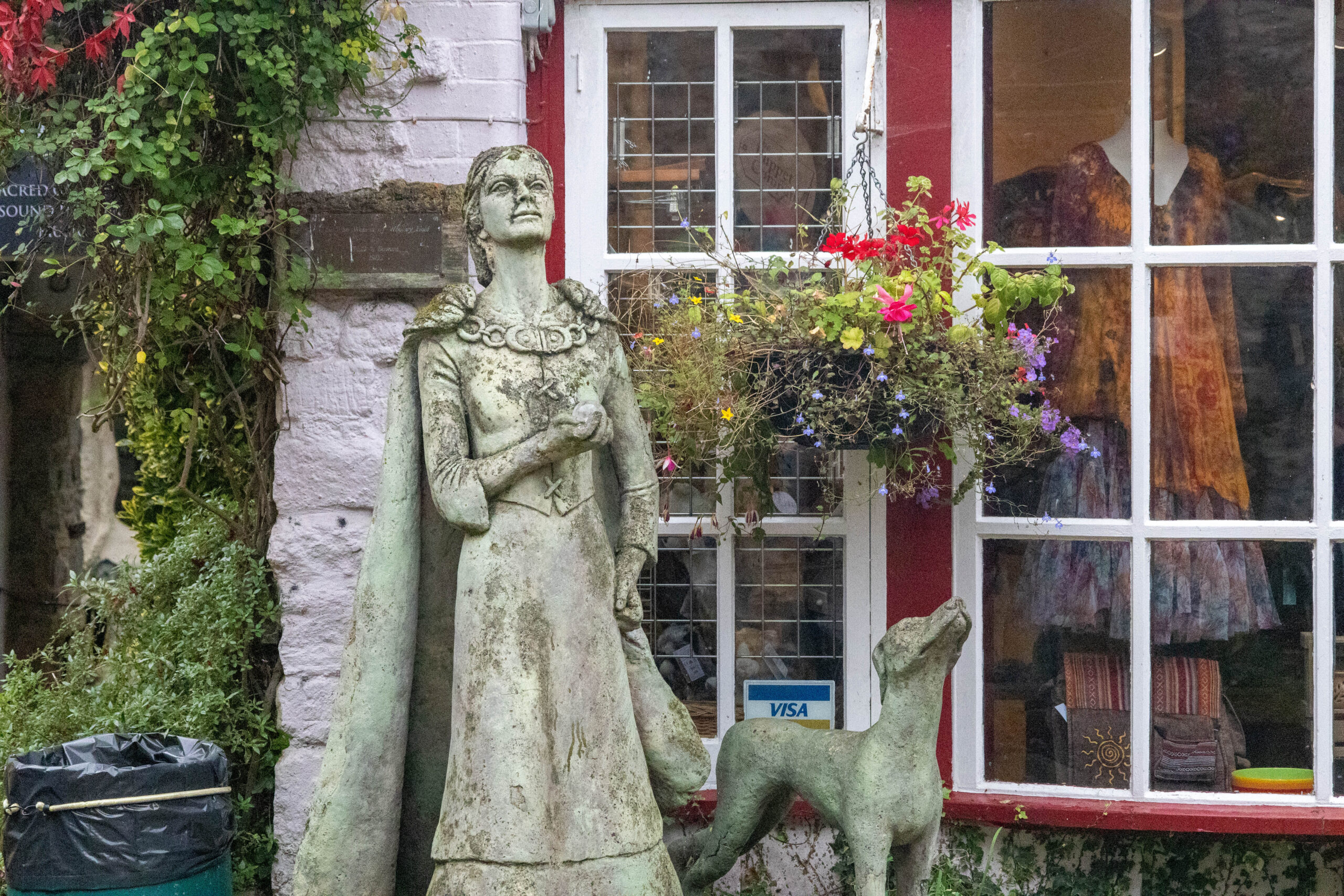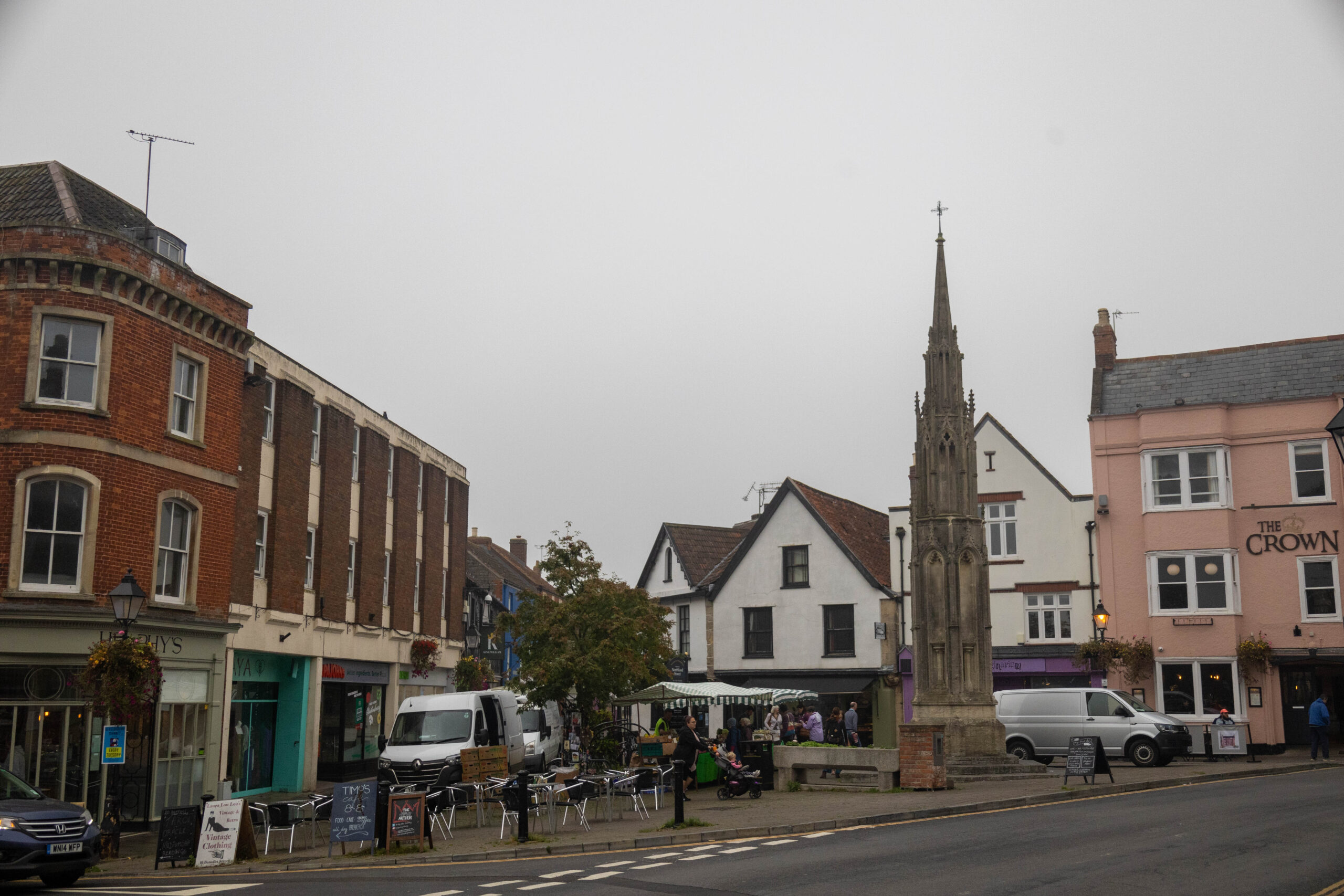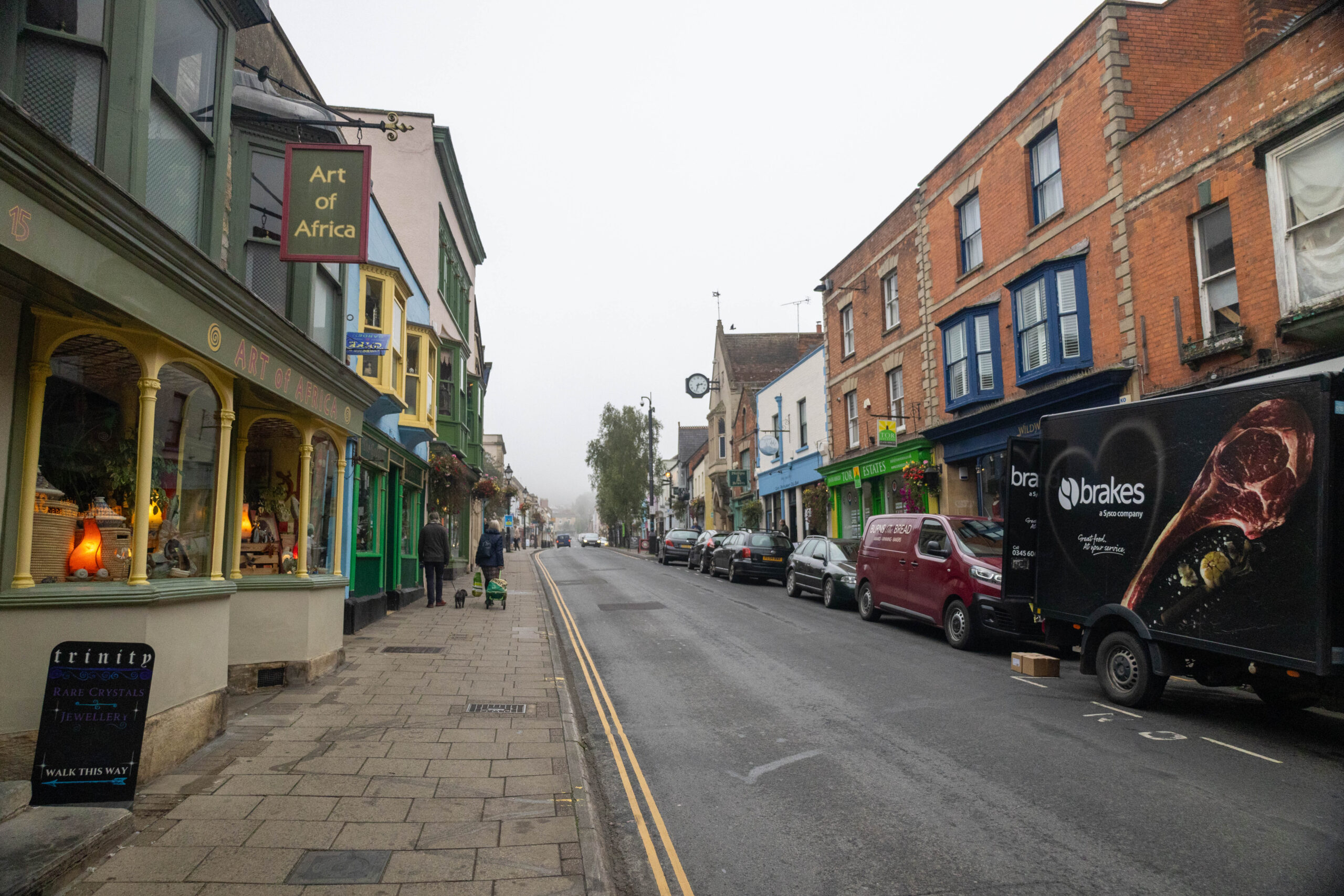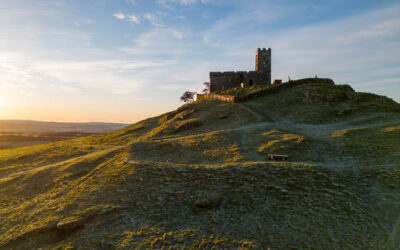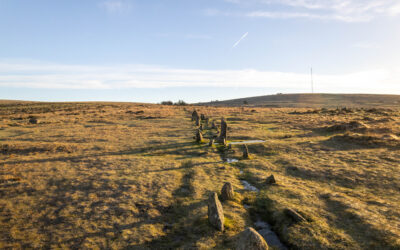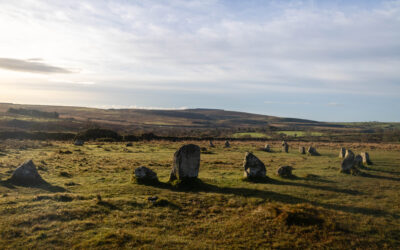Glastonbury
The Quest for the Holy Grail
Glastonbury is such an obvious fit for this site that I hesitated to write anything about it, fearing I wouldn’t do it justice.
It’s a place that has such an indelible link to the English imagination that I wasn’t even sure where to begin describing it.
Its origins are lost to time, but it is known that much of the area was once underwater, or at least waterlogged, with the high ground appearing as islands. There is a name associated with the area “Ynys Witrin”, the Isle of Glass. Remains of raised wooden tracks across the marshland (the “Sweet Track”, named after its finder) date back to nearly 4000 BC.
The most famous landmark in the area is Glastonbury Tor, which to this day is an awe-inspiring sight, rising from the local landscape. When the area around it was underwater it must have been all the more striking. The sides of this strange hill have terraces which, some say, have ancient and esoteric significance. The more prosaic explanation is that they were additions from medieval farmers.
Something noteworthy must have been happening on the tor thousands of years ago, it seems: there was once an avenue of oak trees leading to the tor, which were largely destroyed in the early 20th Century, wherein one of the trees was said to have had 2000 growth rings. Two ancient Oaks still stand, named Gog and Magog, although only Magog still lives.
Nowadays there is only the ruin of St Michael’s Tower, indicating where there was once a church. Around the foot of the hill there is the Avalon Orchard.
The association is with the “Island of Avalon”, said to be the resting place of King Arthur. Avalon is used almost synonymously with the Tor, and Glastonbury as a whole.
Glastonbury has attracted spiritual attention for thousands of years. The local legends say that Jospeh of Arimathea, of Biblical fame, landed here and brought with him the Holy Grail. He planted his staff in the ground, and it sprouted into the Glastonbury thorn. This hawthorn blossoms twice per year, once at Easter and once at Christmas, and is thus regarded as being of religious significance.
These pictures were taken of the thorn at St John’s Church on the main street.
These and other associations meant that the religious community founded here in the 700s grew and by the 14th century was an important monastic centre in England. The monks are known to have used the association with the thorn and with Arthur as early medieval marketing. In 1191 the bodies of Arthur and his wife Guinevere were said to have been discovered and reinterred inside the main church building at a large ceremony in 1213, attended by King Edward I.
The abbey and its huge church were important local landmarks until the dissolution of the monasteries under Henry VIII, after which the building was stripped, and used as a quarry.
Nowadays you can walk among the surviving buildings and there are interpretative displays showing how life was at the abbey during its heyday.
Another significant aspect of the local geography are the local springs, which produce mineral-rich water. Two such springs are the White Spring, which is free to enter on certain days (link), rich in Calcium and associated with Brigid, a Celtic mother goddess, who is in her turn associated with the Christian Saint Brigid of Ireland. The modern candlelit building housing the White Spring is filled with shrines to various pagan divinities, and is used for all manner of ceremonies. When I visited there were people bathing in the waters.
Across the road is the rather more placid Chalice Well, containing the red spring (rich in Iron). This is not free (but inexpensive) to enter, and retains a rather more placid atmosphere. Spring water runs through the centre of the gardens, and a well head decorated with the vesica piscis – two interlocking circles, ornately decorated.
Legends about the place, from the Holy Grail to King Arthur to modern UFO sightings, abound. And there is a rich mundane history too, with the Abbey through to the modern day music festival. The place hums with a kind of energy.
However you interpret this energy, whether through its Christian associations, or from a more eclectic, esoteric point of view, it seems foolish to deny that it is there. How much of that is just an accident of culture, we can’t say. But I think anyone witnessing this landscape, no matter how little they knew of it, would be moved, and I think that’s sufficient to explain why so many people keep coming back here and trying to make sense of whatever it is this place inspires in them.
Other Noteworthy Places
Brent Tor Church – St Michael de Rupe
On the western edge of Dartmoor, an ancient church sits atop a plug of basalt, with commanding views over West Devon and Cornwall…
Merrivale Complex
The Merrivale Complex of stone rows, cists and stone circles is easy to find on Dartmoor – a must-see if you’re interested in ancient stones!
Ringmoor & Brisworthy Stone Circles
On the southern edge of Dartmoor you can find Brisworthy Stone circle – a beautiful circle in wonderful surroundings. A short hop away there’s also the Ringmoor Down circle and avenue.

